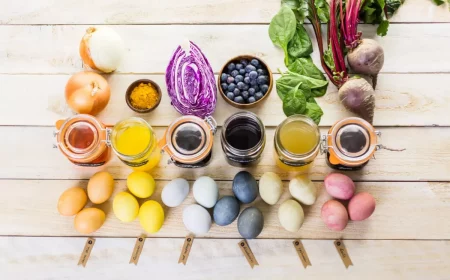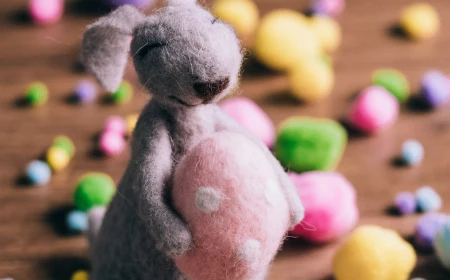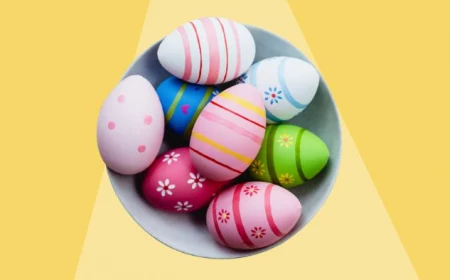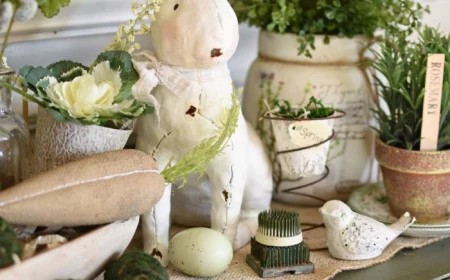The Secret to Finding an Easter Dress You’ll Actually Love to Wear
I’ve spent years working with clothes—on bustling retail floors, in quiet styling studios, you name it. And through it all, I’ve learned one simple truth: the perfect dress isn’t about chasing some fleeting trend. It’s about the simple harmony of great fabric, a flattering fit, and knowing it will work for your actual plans. This is especially true for a day like Easter, which can be a marathon of family, food, and fun.
In this article
So many style guides just throw a bunch of floral dresses at you. And while florals are lovely, that advice often misses the whole point. A truly great dress is one you forget you’re even wearing. It breathes when the afternoon sun gets warm. It moves with you when you’re helping in the kitchen or joining in on an egg hunt. It just feels right for the setting, whether that’s a formal church service or a casual backyard BBQ. It becomes part of the day’s happy memories, not a source of constant tugging and adjusting.
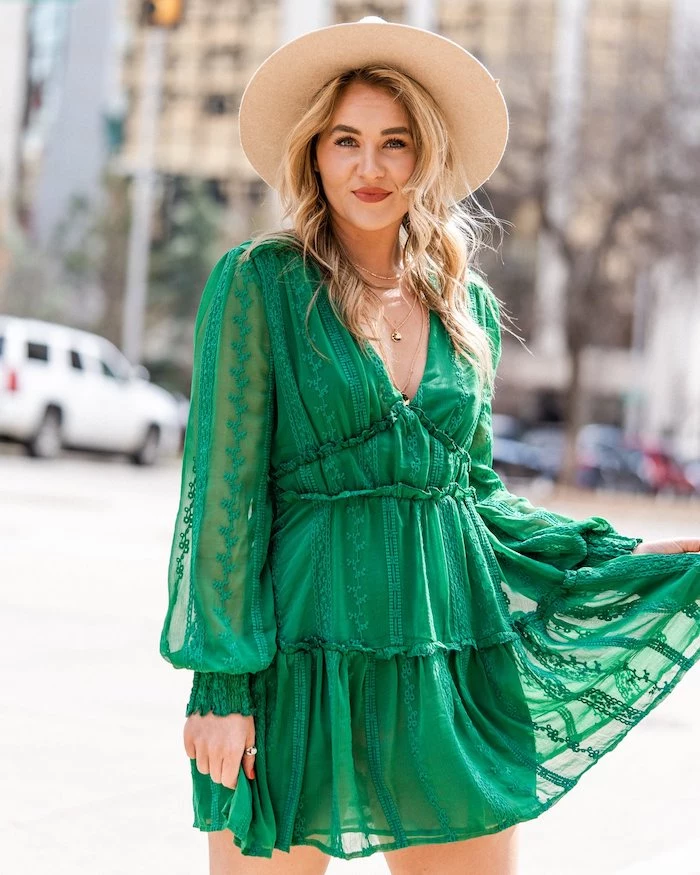
So, let’s go beyond just patterns and colors. I want to share the kind of practical, hands-on knowledge that makes a real difference. We’ll look at why some fabrics feel amazing and others… not so much. We’ll cover the pro fitting techniques that guarantee a great silhouette. And we’ll talk about how where you live totally changes the game. This is the good stuff, the info that helps you make a smart choice you’ll feel fantastic in all day long.
Why Fabric is Everything
The soul of any garment is the material. Seriously. The way a dress looks, feels, and performs starts with the fibers. The first thing the pros do is touch the fabric. We’re feeling for its “hand” (how it feels on your skin) and its “drape” (how it falls and moves). Get this part right, and you’re halfway there.
The Breathable Classics: Natural Fibers
Natural fibers come from plants and animals, and they are the undisputed champions of comfort. Their magic lies in their ability to let air pass through and pull moisture away from your skin. For a long day that can start cool and end up warm, they are almost always the best bet.
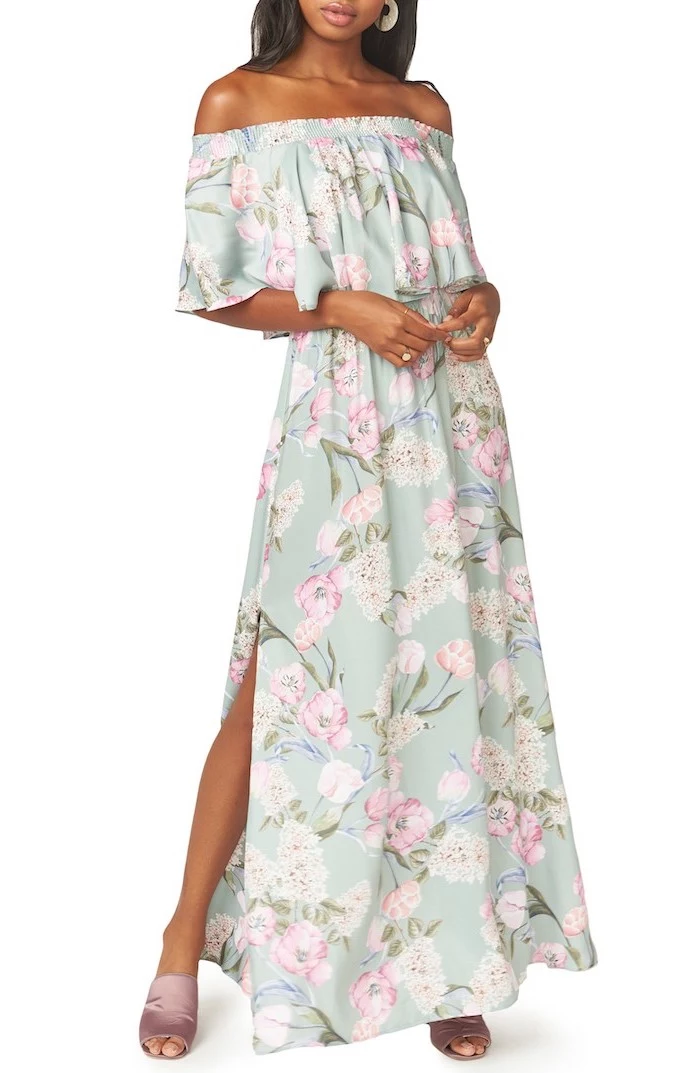
Cotton: The Ultimate All-Rounder
We all know cotton, but the variety is huge. For a spring celebration, you’ll want to look at the lighter weaves.
- Cotton Voile & Lawn: Think lightweight and airy. Voile is almost weightless and semi-sheer, like a soft whisper on your skin. Lawn is a bit more opaque, with a crisp, smooth finish that makes colors pop. A dress in high-quality cotton lawn, often found for between $80 and $150, is perfect for a sunny day.
- Cotton Poplin: This one’s a bit crisper and has more structure, making it ideal for shirtdresses or classic A-line shapes. It’s a workhorse fabric that resists wrinkles better than its lighter cousins.
- Cotton Sateen: Don’t let the name fool you, it’s all cotton, but woven to have a subtle, luxe-looking sheen. It has a more fluid drape than poplin and is a bit heavier, making it a great choice for a dressier event or a cooler spring day.
Linen: The Definition of Cool
Linen is an incredible textile. Its hollow fibers create natural air conditioning, making it feel exceptionally cool in the heat. But let’s be frank: linen wrinkles. It just does. For many of us, those rumples are part of its relaxed, chic charm. With every wash, good linen just gets softer and better. Quick tip: iron it while it’s still a little damp for the smoothest finish.
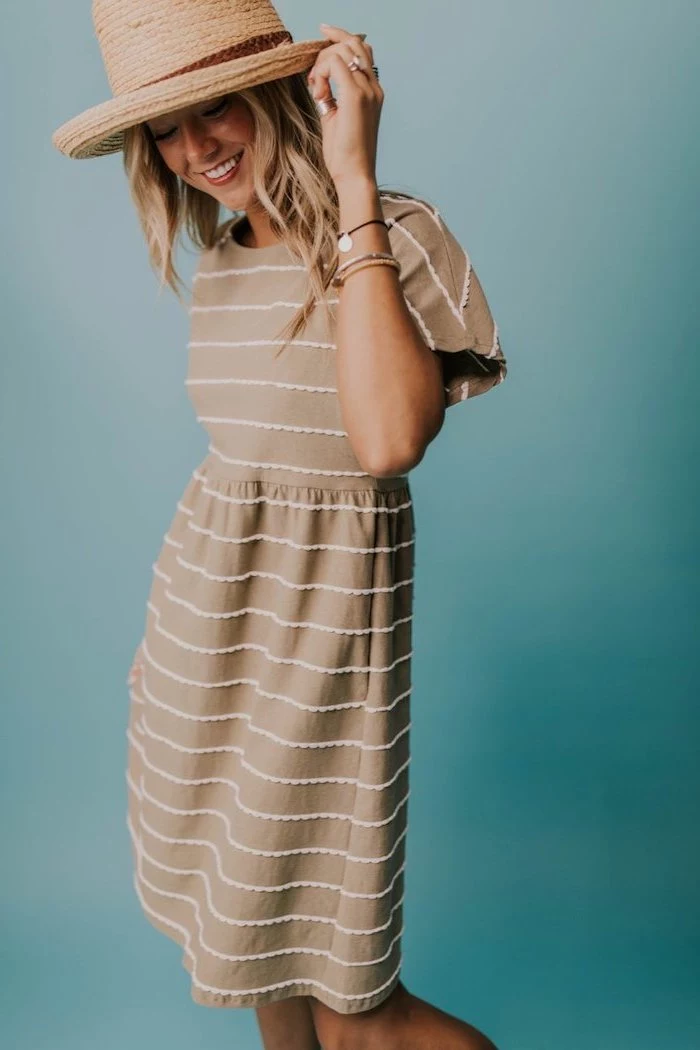
Silk: Pure Luxury
Silk is just beautiful. It’s strong, lightweight, and has a signature luster that’s hard to replicate. But not all silk is the same. You might see Crepe de Chine, which is flowy with a subtle texture, or Charmeuse, which has that brilliant, slinky shine. A true silk dress is an investment, usually starting around $250 and going up from there, so caring for it is key. Honestly, when the tag says “Dry Clean Only,” believe it. The cost of a professional cleaning is worth it to protect your garment.
The Practical Side: Synthetics and Blends
Man-made fibers get a bad rap, but they have their place. They offer amazing color vibrancy, wrinkle resistance, and are often more budget-friendly. A well-made synthetic or blend can be a fantastic, practical choice.
- Polyester: The best thing about polyester is that it holds color forever and resists wrinkles like a champ. The downside? It doesn’t breathe. I learned this the hard way at an outdoor spring wedding once and was miserably sticky all day. For this reason, I almost always recommend a blend instead of 100% polyester.
- Rayon (Viscose): This one is a semi-synthetic made from wood pulp. It was designed to feel like silk, and it really does have a wonderful, soft drape. It’s way more breathable than polyester! Heads up: rayon is very weak when it’s wet and can shrink or get misshapen easily. Always wash it in cold water and hang it or lay it flat to dry. Never, ever put it in a hot dryer.
- The Magic of Blends: Often, the sweet spot is a blend. A cotton/polyester blend gives you the softness of cotton with the durability of poly. A good ratio to look for is something like 80% cotton and 20% polyester—you get the benefits without that plastic-y feel. A linen/rayon blend will be much softer and less prone to aggressive wrinkling than pure linen.
By the way, here’s a fun little challenge: go pull your favorite dress out of the closet and check the fabric tag. Is it cotton? Rayon? A blend? Now you know why it hangs and feels the way it does!
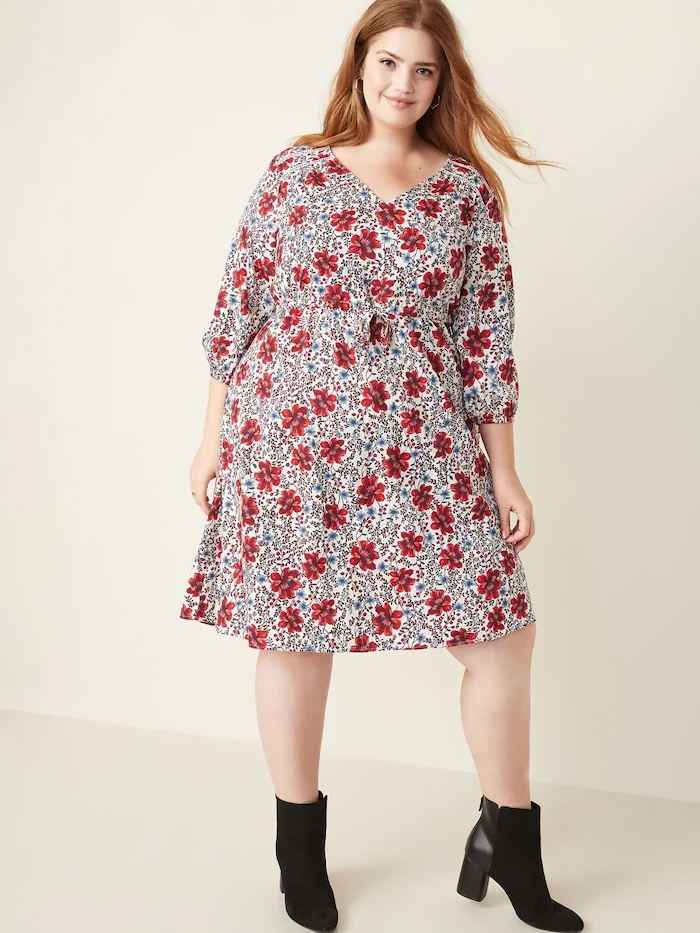
Nailing the Perfect Fit
You could be wearing a dress made of the most gorgeous fabric in the world, but if the fit is off, it just won’t look right. In the fitting room, focus on the overall shape (the silhouette) and how it’s put together.
Know Your Silhouettes
Certain shapes are timeless for a reason—they just work. Knowing the basic terms helps you zero in on what you’re looking for.
- A-Line: Fitted at the shoulders and bust and then gently flares out. It’s famously flattering on nearly everyone.
Best for: Skimming over hips and tummy for an easy, comfortable fit. - Fit-and-Flare: Like an A-line, but with a more cinched, defined waist before the skirt flares out.
Best for: Creating a classic hourglass shape. It’s a perfect celebration dress! - Sheath: A beautifully simple, form-fitting dress that’s nipped in at the waist.
Best for: A polished, sophisticated look. It requires a great fit, so this is one where a tailor can be your best friend. - Empire Waist: The waistline is raised to just below the bust, with the fabric flowing down from there.
Best for: Highlighting the upper body while offering total comfort around the middle. It’s romantic and very easy to wear.
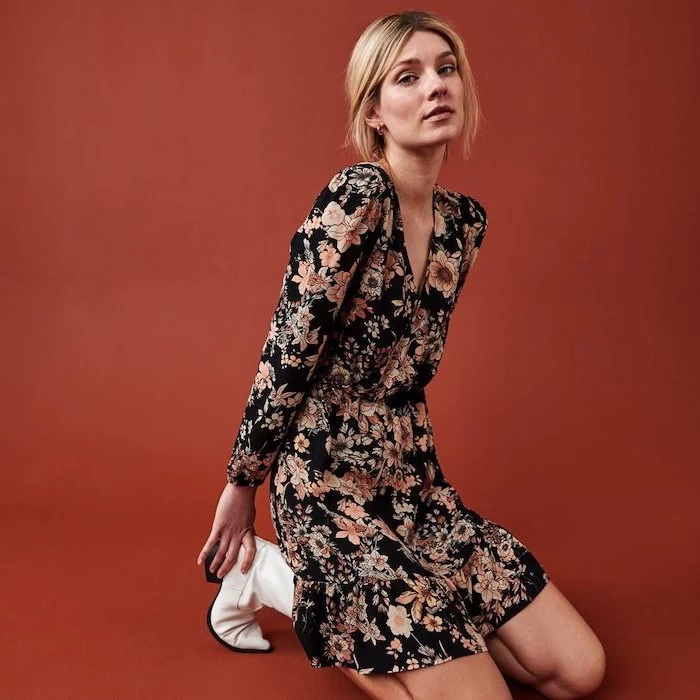
Don’t Forget the Sit Test!
This is the simplest and most important fitting room trick. Before you commit, SIT DOWN in the dress. Does it feel too tight across your hips? Does the skirt hike up to an awkward length? Does the waist dig in? You’ll be sitting for a meal, getting up and down to chat with family, maybe even sitting on the floor with kids. If it’s not comfortable to sit in, it’s not the one.
Where You Live Matters: Regional Style & Weather
What works for an Easter in sunny Georgia might not be the best choice for a chilly spring day in the Midwest. Your local climate and culture play a huge role.
- The American South: In places like Louisiana or South Carolina, Easter is often warm and humid. This is where lightweight, natural fabrics like cotton seersucker, linen, and cotton lawn are king. The style is often classic and preppy—think A-line dresses from brands like J.Crew or Talbots. A wide-brimmed hat isn’t just chic, it’s necessary!
- The Northeast & Midwest: April weather here is a total wild card. The key is smart layering. A simple sheath dress in a wool crepe or a substantial cotton blend is a perfect base. You can wear it alone if it’s warm or pair it with a cashmere cardigan, a sharp blazer, or a classic trench coat if it’s chilly.
- The West Coast: From SoCal to the Pacific Northwest, the vibe is generally more relaxed. In warmer areas, you’ll see more flowy, bohemian-style maxi dresses in rayon or cotton voile from places like Anthropologie. Prints might be bolder, and comfort is key, so pairing a dress with flat sandals or even stylish sneakers is common.
Oh yeah, and if you’re attending a religious service, it’s always a good idea to be mindful of the setting. Covering your shoulders (either with sleeves or a wrap) and choosing a hemline that’s at or below the knee is a simple sign of respect.
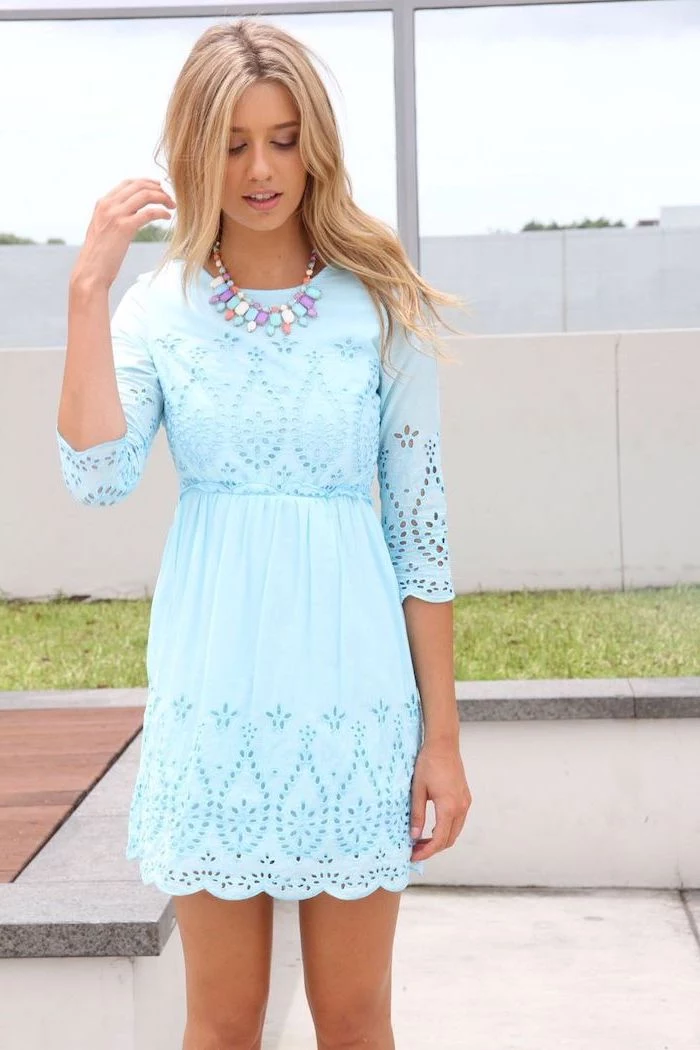
How to Shop Smart & Find a Gem
You don’t need a massive budget to find a fantastic dress. You just need to know what to look for.
Your In-Store Quality Checklist
Next time you’re in a fitting room, pull this up on your phone. Ignore the brand name for a second and become a quality detective.
- Read the Fabric Tag: Look for high percentages of natural fibers or thoughtful blends.
- Check the Lining: A lined dress hangs better and feels more substantial. A cheap, scratchy lining is a red flag.
- Tug the Seams: Give the seams a gentle pull. Do they feel secure? Are the stitches small, straight, and even?
- Look for Pattern Matching: On a plaid or floral dress, see if the pattern lines up at the seams. This is a detail cheaper garments often skip.
- Inspect the Hardware: Is the zipper sewn in smoothly? Do the buttons feel secure? These little things say a lot about the overall quality.
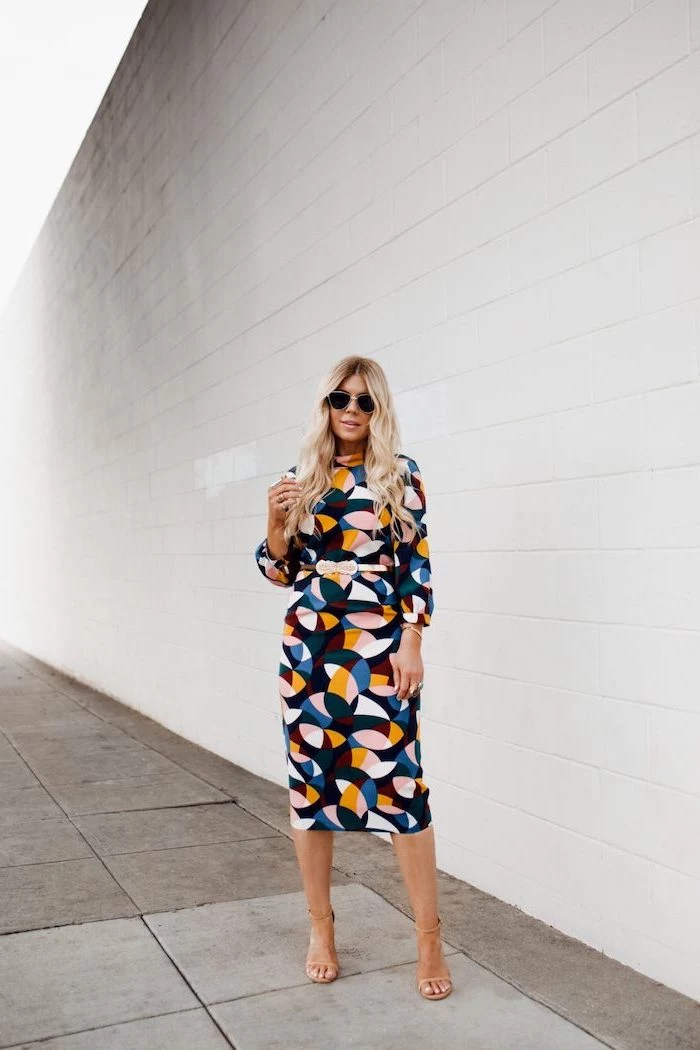
The Magic of a Good Tailor
Almost nothing fits perfectly off the rack. A good tailor can make a $100 dress look like it was made for you. Expect to pay between $20 for a simple hem to $50 or more for taking in seams, but it’s the best money you can spend to elevate your look.
How to find one? The best way is to ask for a recommendation at a high-end dry cleaner—they know who does good work. You can also check Yelp or Google reviews. A great sign is when a tailor asks you to bring the exact shoes you’ll be wearing with the dress for a hemming appointment. That shows they care about precision.
Keeping Your Dress Beautiful for Years
Once you’ve found the perfect dress, a little bit of care will ensure you can enjoy it for many Easters to come.
Proper care isn’t a chore; it’s just protecting your investment. I have to confess, I once ruined a beautiful rayon dress by hand-washing it when the tag clearly said “Dry Clean Only.” It shrunk two full sizes. It was a painful lesson: trust the care label!
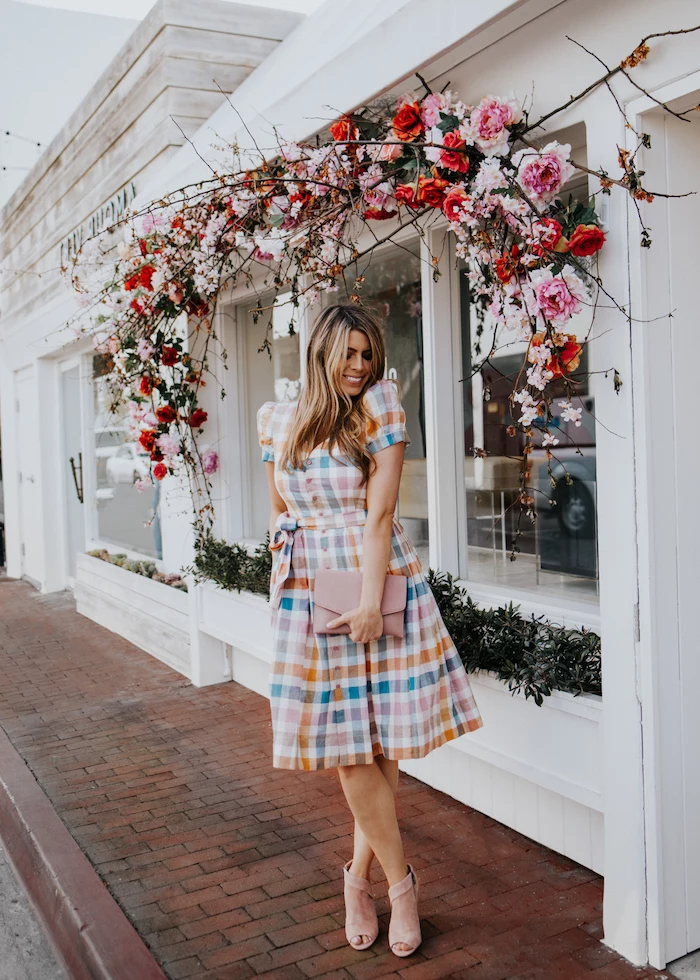
- Washing: For delicates, use cold water and pop them in a mesh laundry bag. You can find them for a few bucks on Amazon or at Target, and they prevent so much snagging and stretching.
- Drying: High heat is the enemy. It shrinks natural fibers and can set permanent wrinkles in synthetics. Air drying on a rack or hanger is always the kindest option.
- Storing: Don’t keep special occasion dresses in the plastic from the dry cleaner! It can trap moisture and cause fabrics to yellow over time. A breathable cotton garment bag and a good padded hanger that supports the shoulders are much better for long-term storage.
Ultimately, the perfect dress is the one that lets you relax and enjoy the day. It’s a dress that honors the occasion, feels like you, and most importantly, makes you feel confident and happy. When you know what to look for in fabric and fit, you’ll find a piece you truly love.
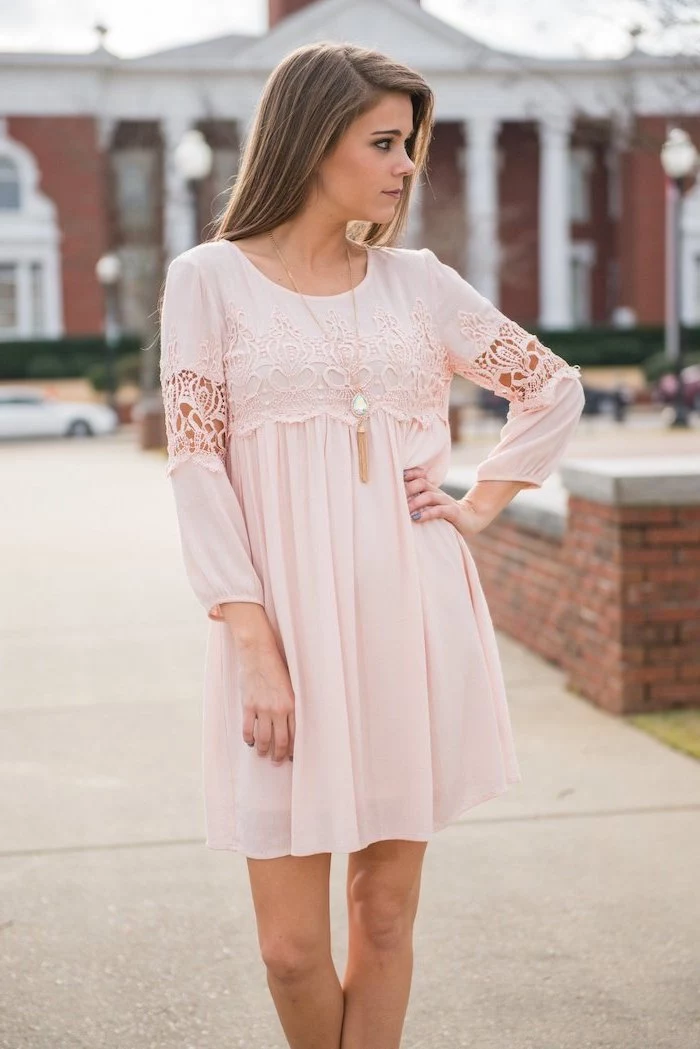
Inspirational Gallery
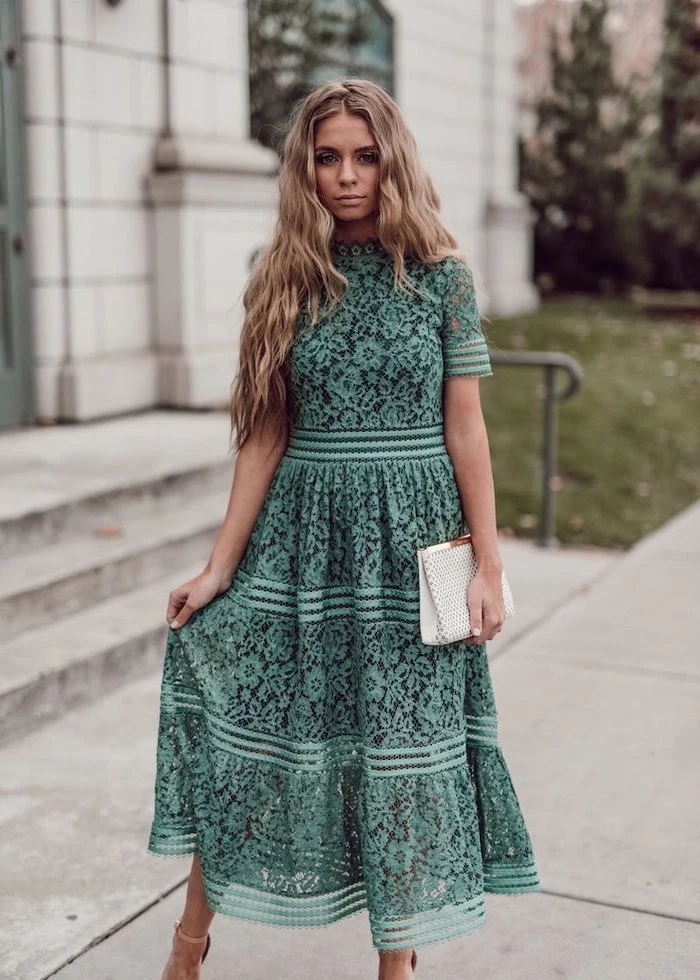
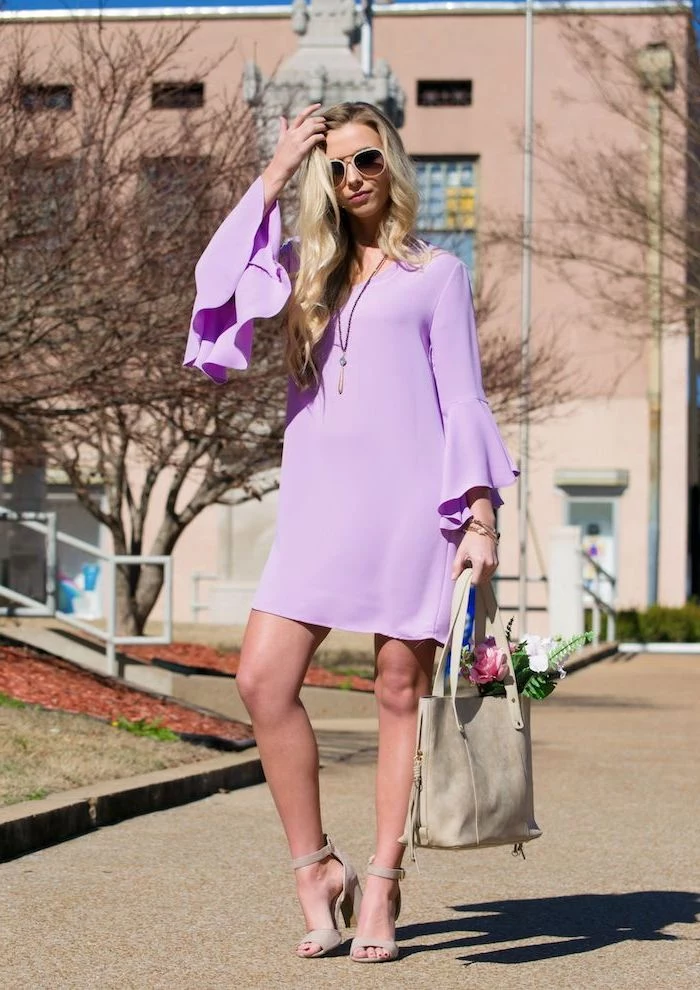
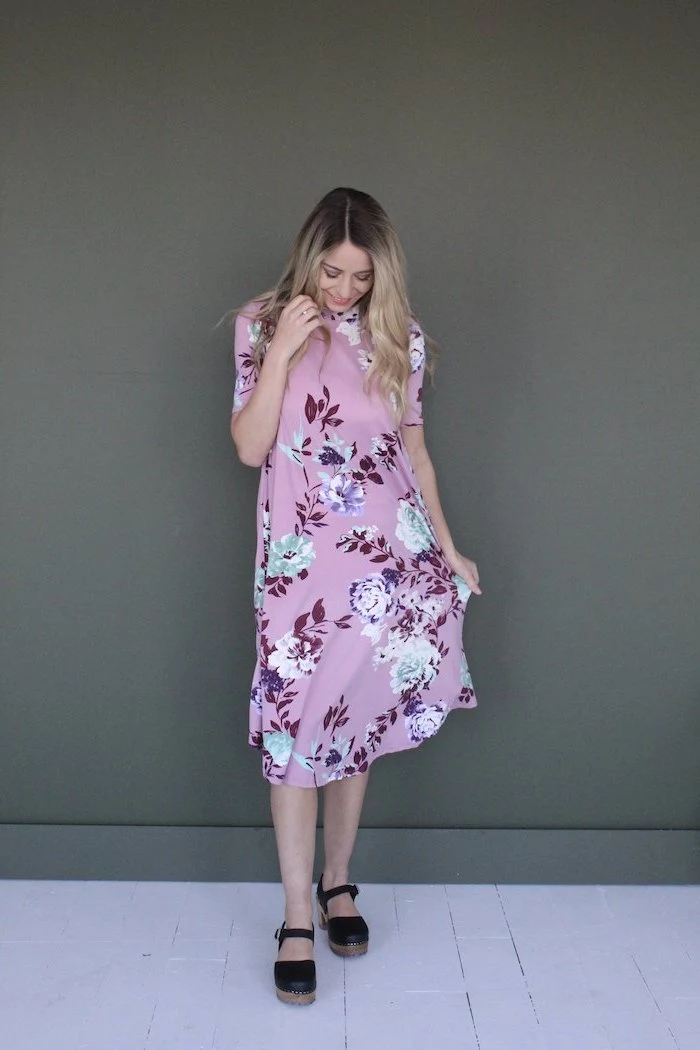
The eternal question: what about the unpredictable spring weather?
The secret is chic, intelligent layering. Think beyond a simple pashmina. A fine-gauge cashmere crewneck from a brand like J.Crew, worn over the dress, offers warmth without bulk. For a more modern edge, consider a cropped, tailored blazer in a contrasting pastel. And never underestimate a classic trench coat—it protects against wind and rain while adding a layer of timeless sophistication to any dress style.
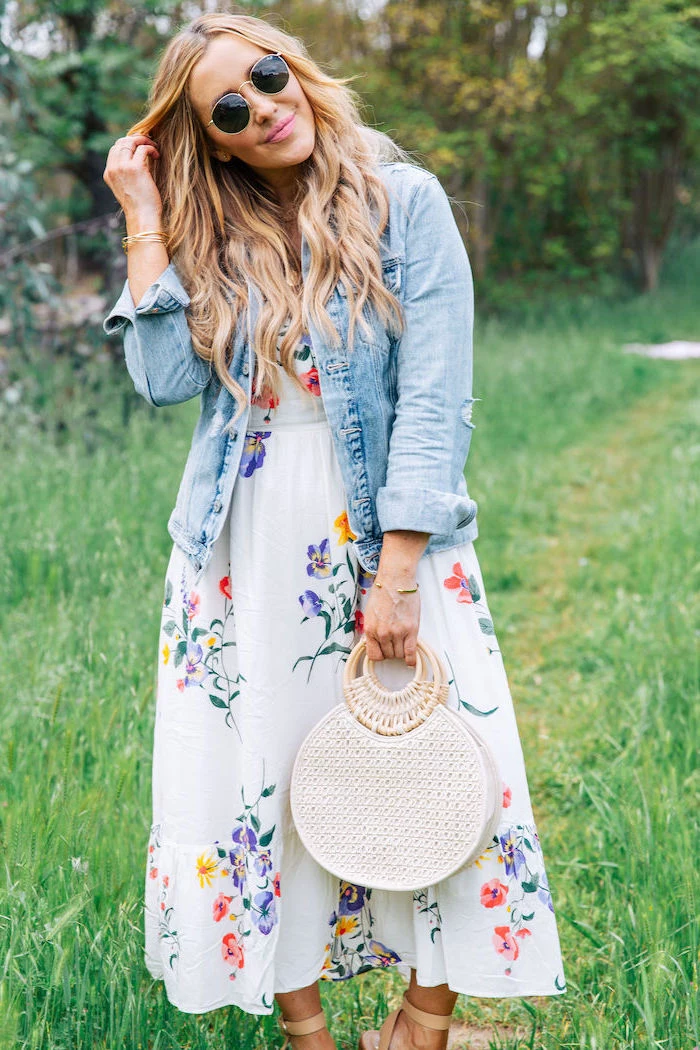
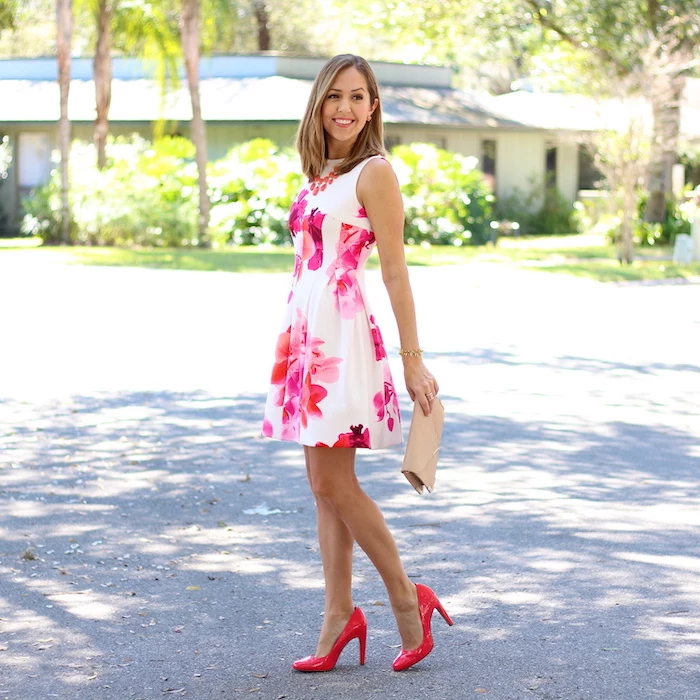
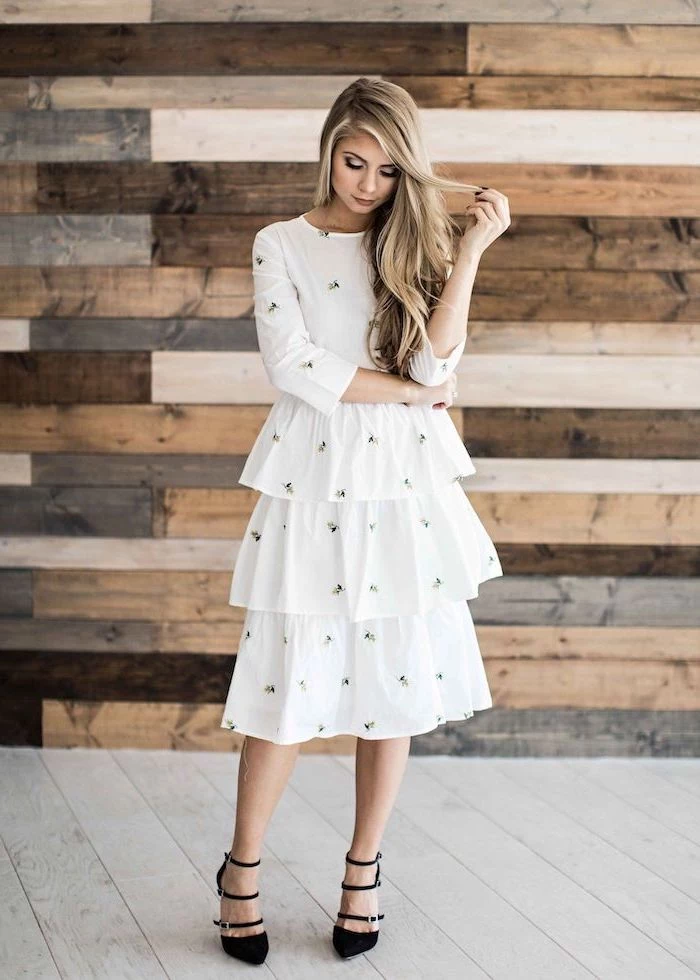
- Adds instant polish to a simple dress.
- Comfortable enough for walking on grass during an egg hunt.
- Provides stable height without the risk of sinking heels.
The answer? The espadrille wedge. A pair from a classic brand like Castañer or Soludos is a spring footwear investment that perfectly balances style and practicality for any outdoor Easter event.
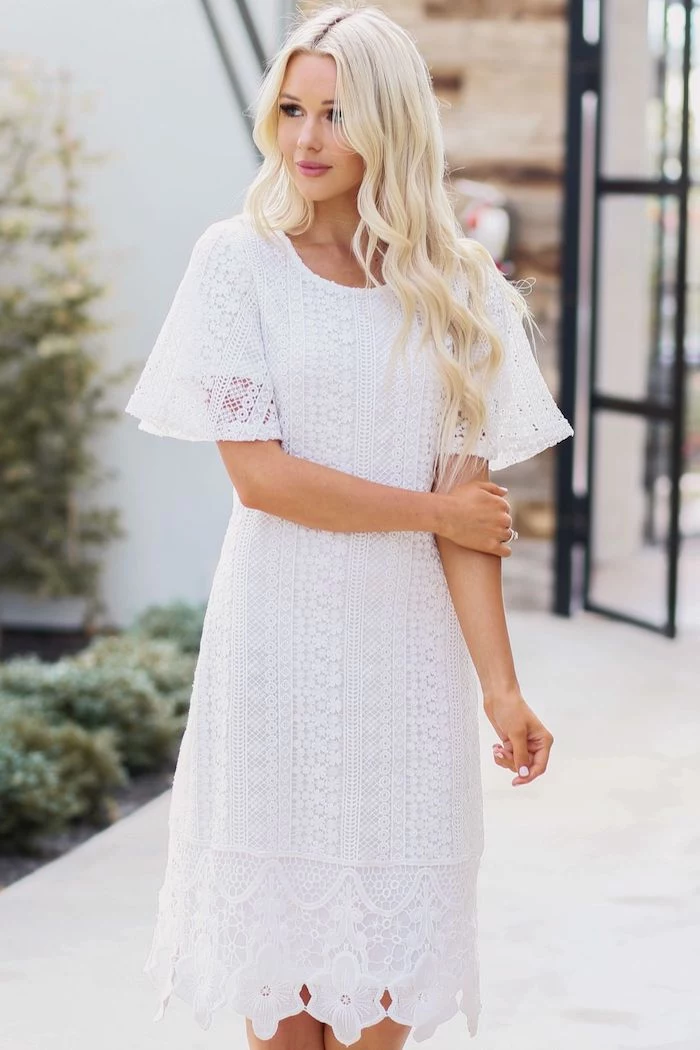
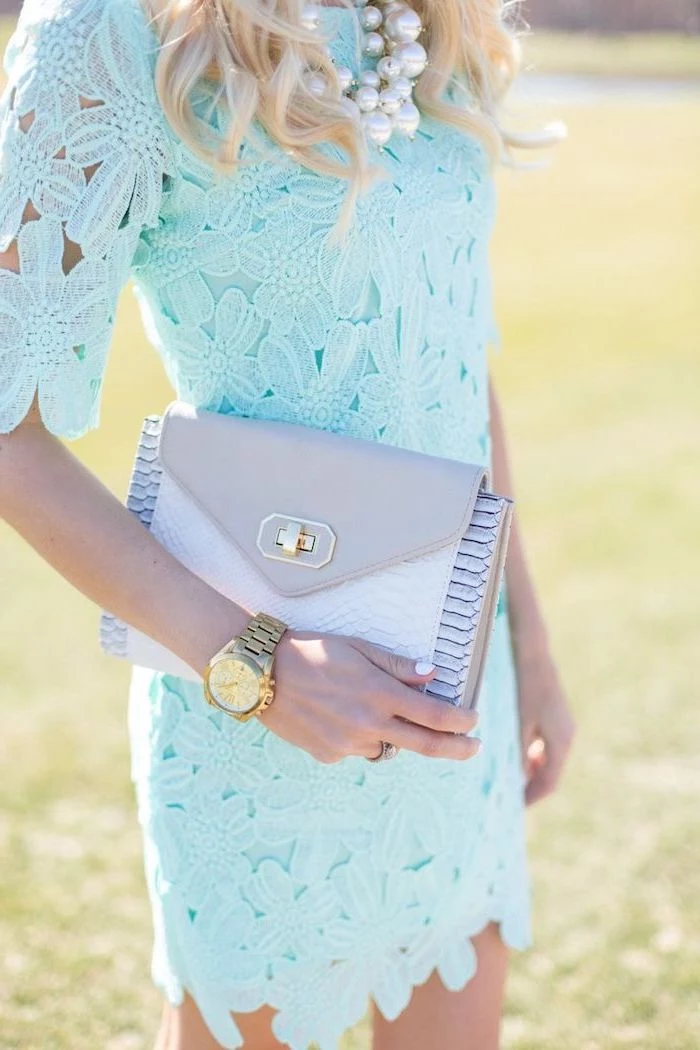
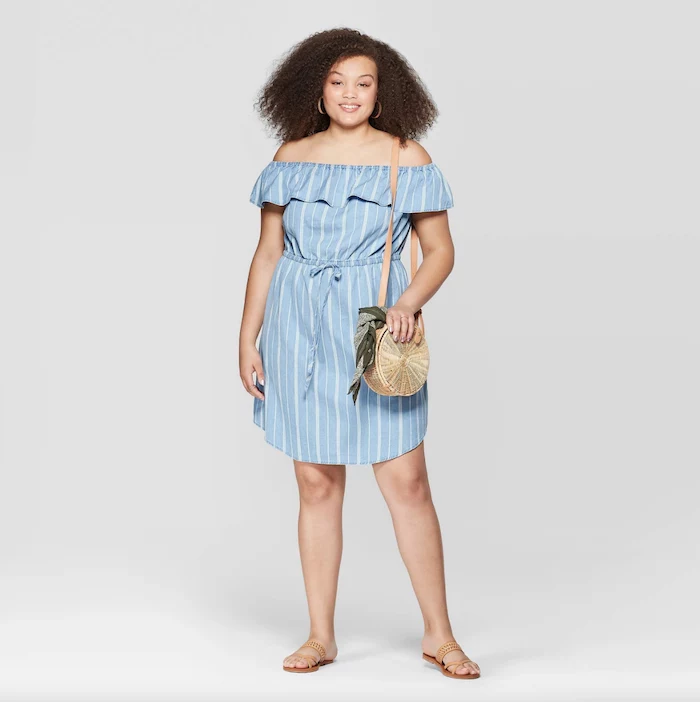
More than 60% of our clothing is now made from synthetic fibers, like polyester.
While synthetics resist wrinkles, they don’t breathe. For a long day of celebration that moves from a cool morning service to a warm afternoon lunch, this can mean feeling clammy and uncomfortable. Prioritizing natural fibers like cotton, linen, or Tencel, as the main article suggests, is the ultimate comfort strategy.
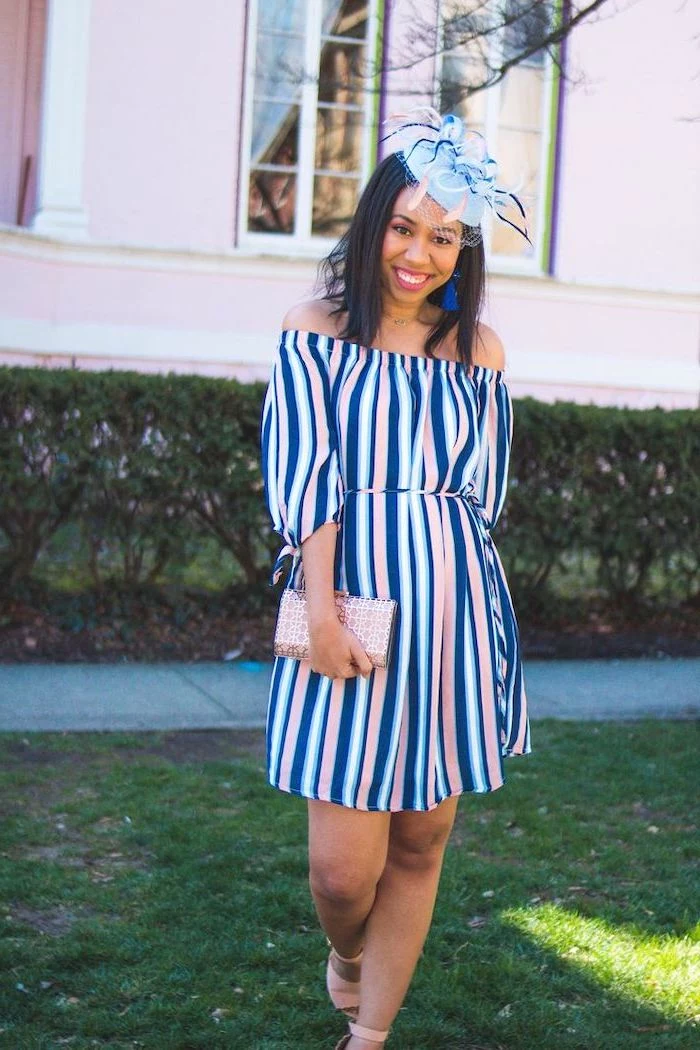
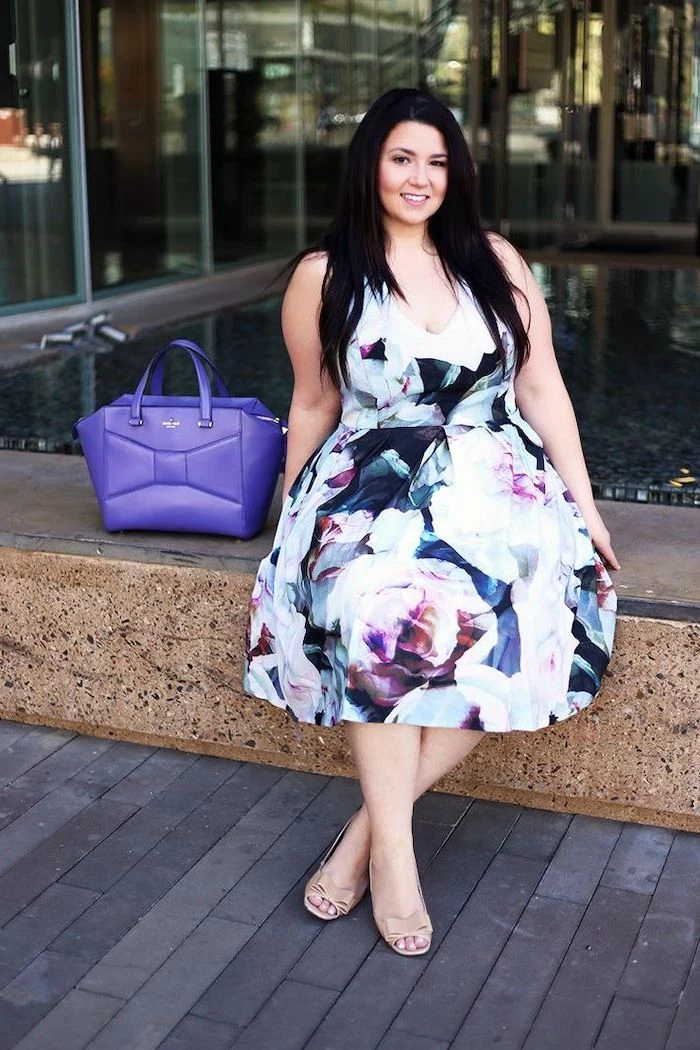
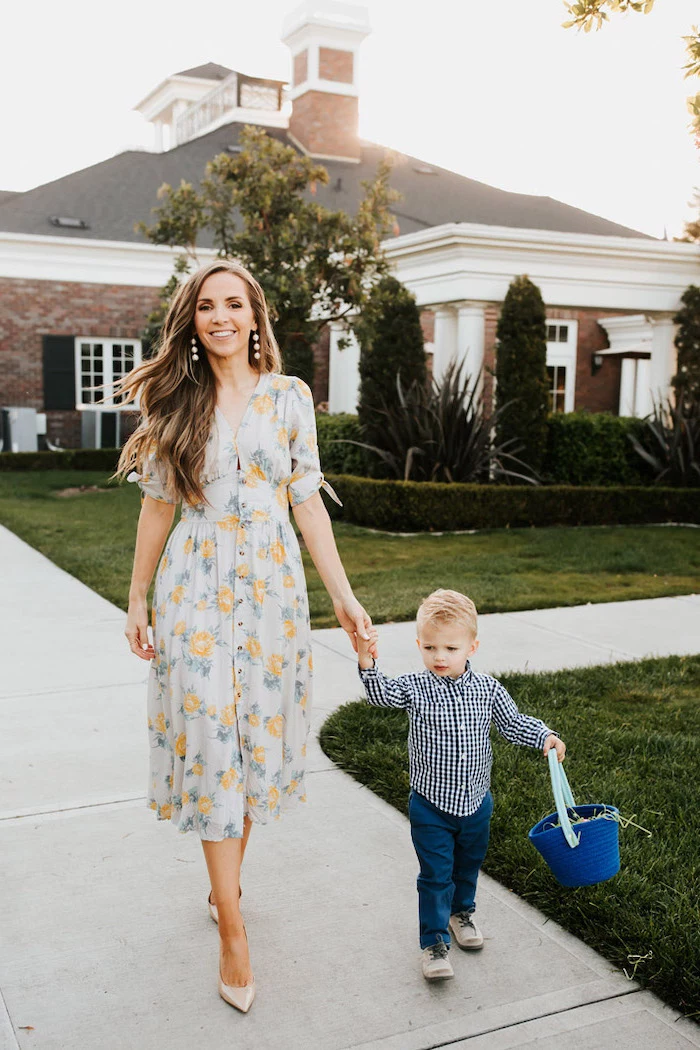
A note on undergarments: The most beautiful dress can be undermined by the wrong foundation. For lighter-colored or thinner fabrics, seamless underwear in a shade that matches your skin tone (not the dress color) is non-negotiable. Brands like Commando or Skims offer a fantastic range of shapes and shades to ensure a smooth, invisible finish.

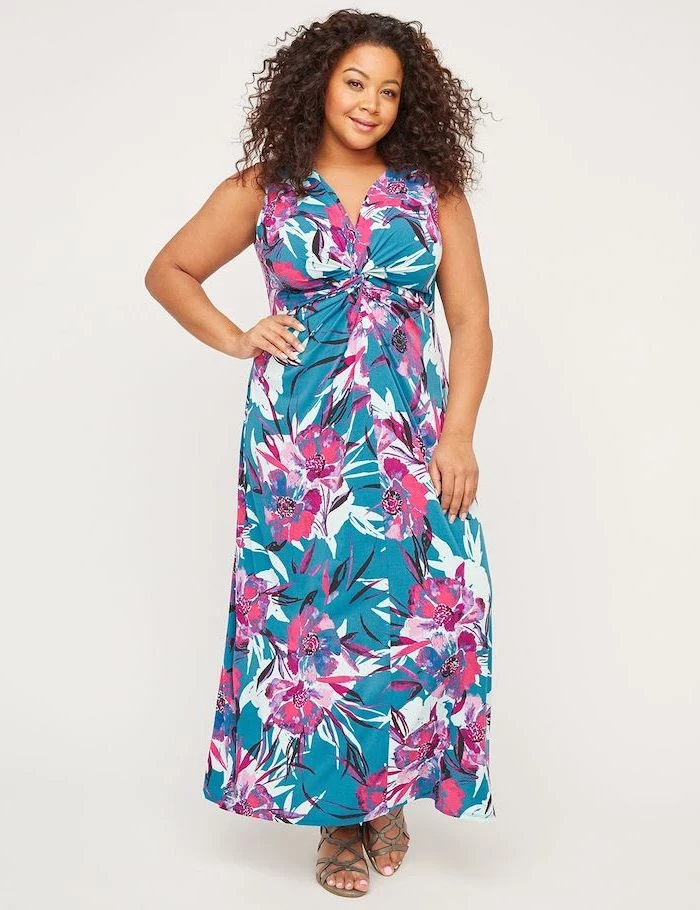
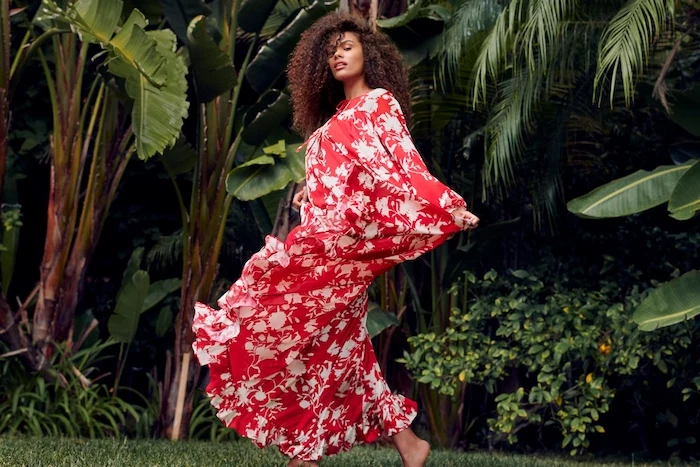
Don’t just think florals. Spring patterns offer a world of choice.
- Gingham: A cheerful, preppy classic that feels both nostalgic and fresh. Perfect for a more casual, picnic-style gathering.
- Toile de Jouy: For a touch of romance and sophistication. This pastoral print in soft blue, pink, or green is elegant and unexpected.
- Polka Dots: Timeless and playful. Smaller dots read as more subtle, while larger ones make a bolder statement.
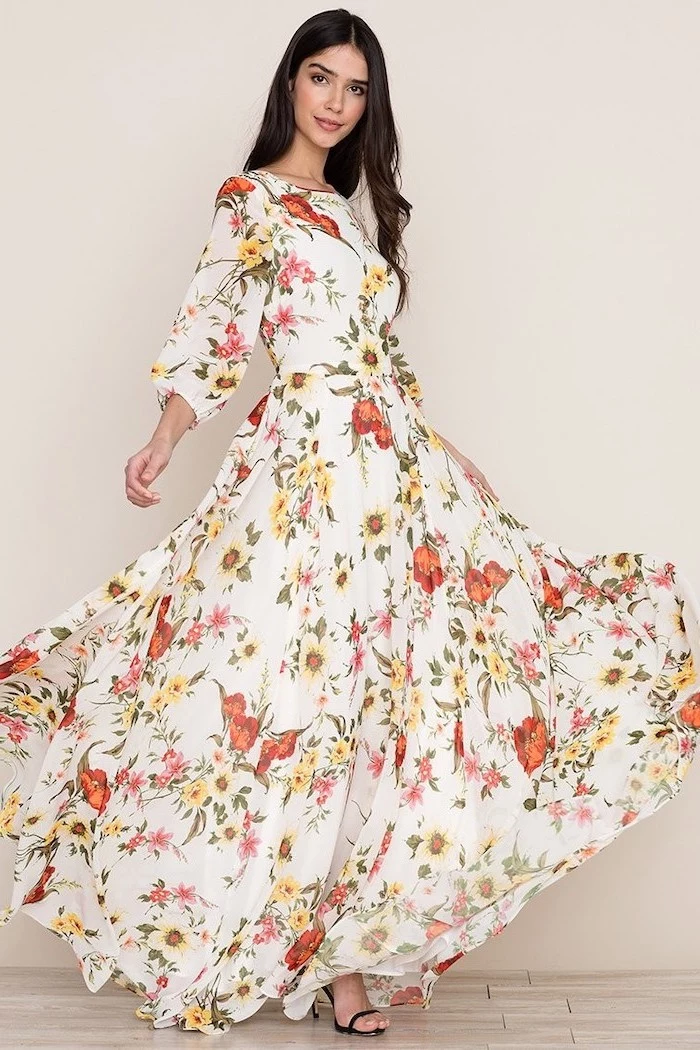
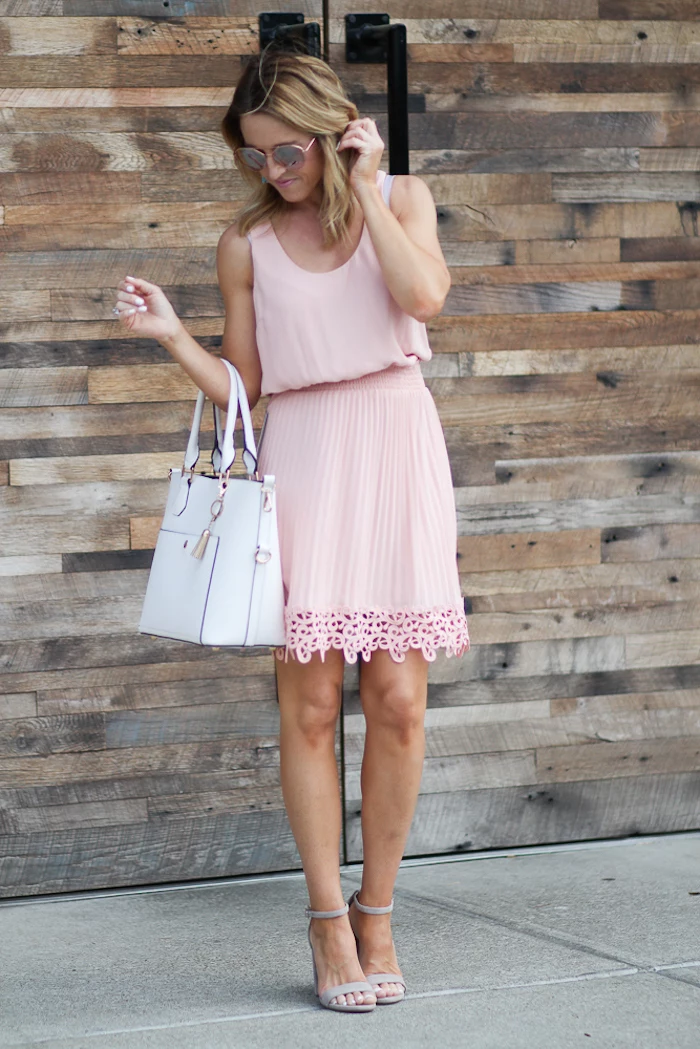
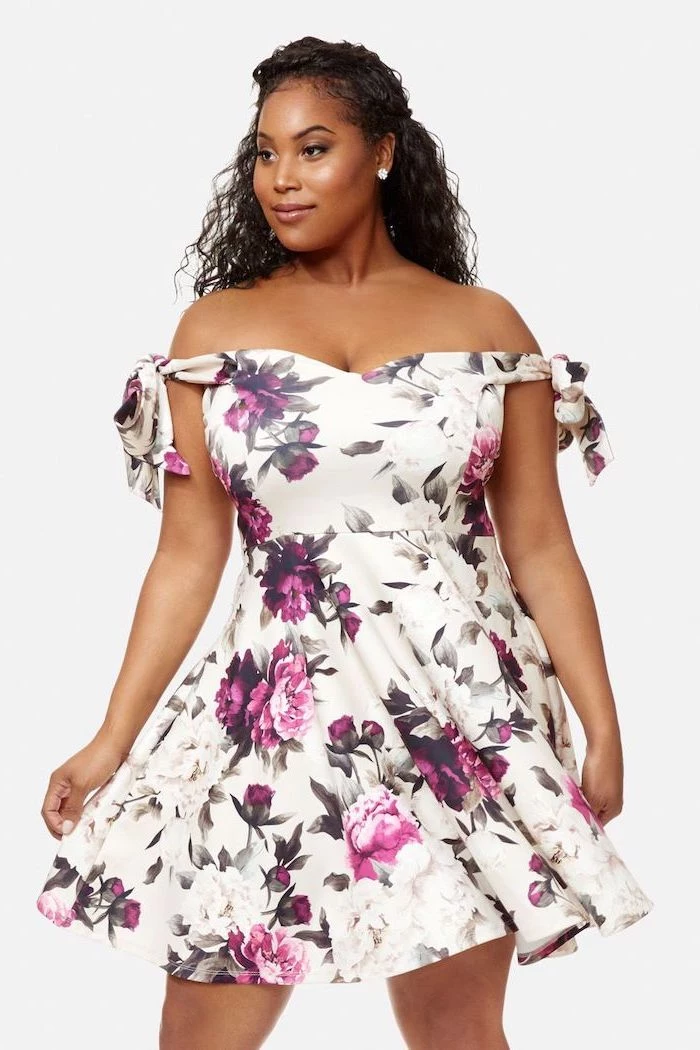
The Nap Dress: Popularized by Hill House Home, this style is defined by its elasticated smocking, comfortable A-line skirt, and romantic sleeves. It’s famously comfortable, accommodating, and effortlessly chic.
The Classic Sheath: A more structured, form-fitting silhouette. It’s a timeless choice for a formal church service or upscale brunch, especially in a textured fabric like tweed or jacquard.
Choose based on your day’s activities: the nap dress for comfort and movement, the sheath for formal elegance.
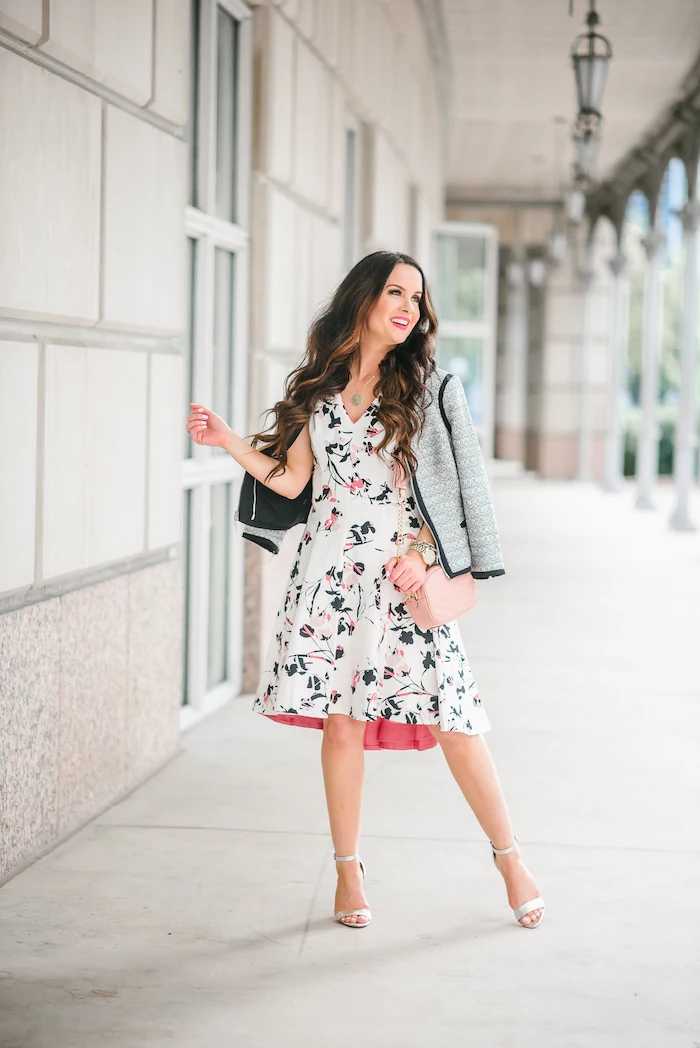
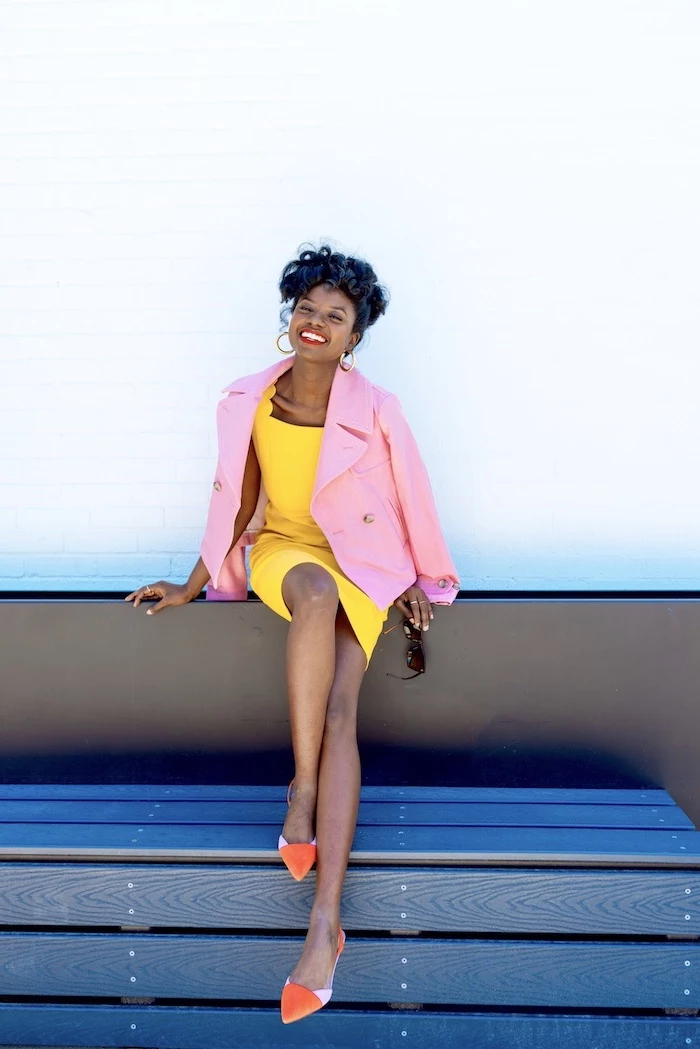
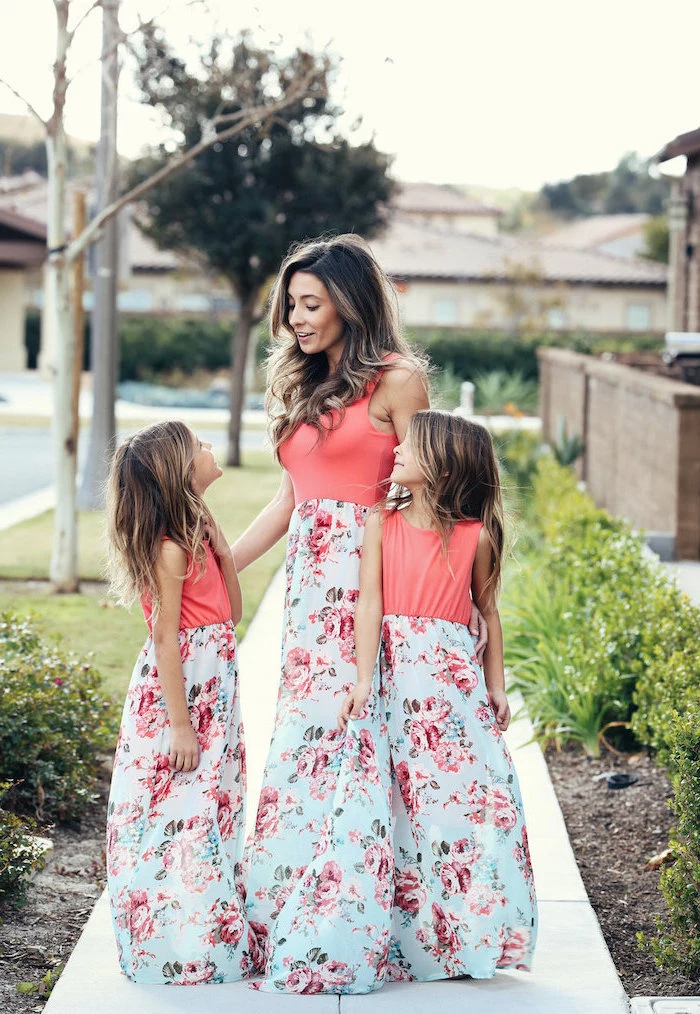
Consider the power of a single color. A monochromatic outfit in a signature spring shade—think butter yellow, lilac, or sage green—is incredibly impactful. The key is to play with textures within that color family: a silk-charmeuse dress with a woven straw bag and suede block heels, all in varying shades of blue, creates a look that is cohesive, intentional, and very high-fashion.
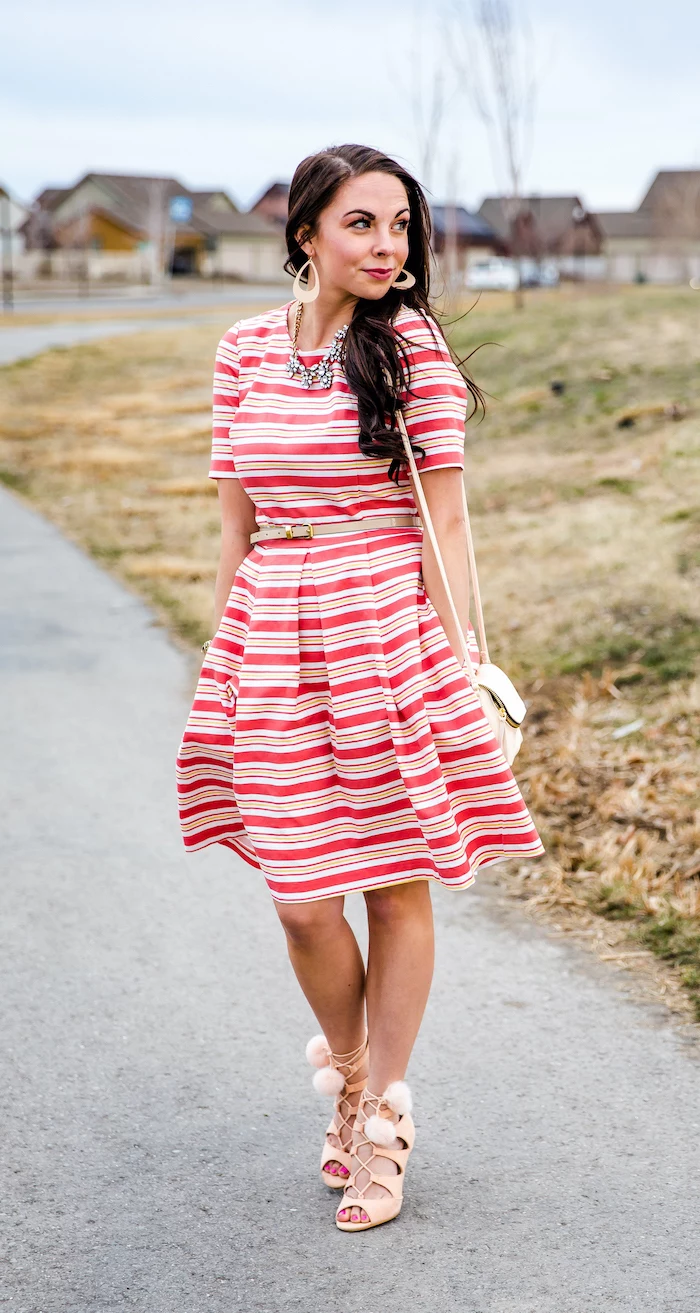
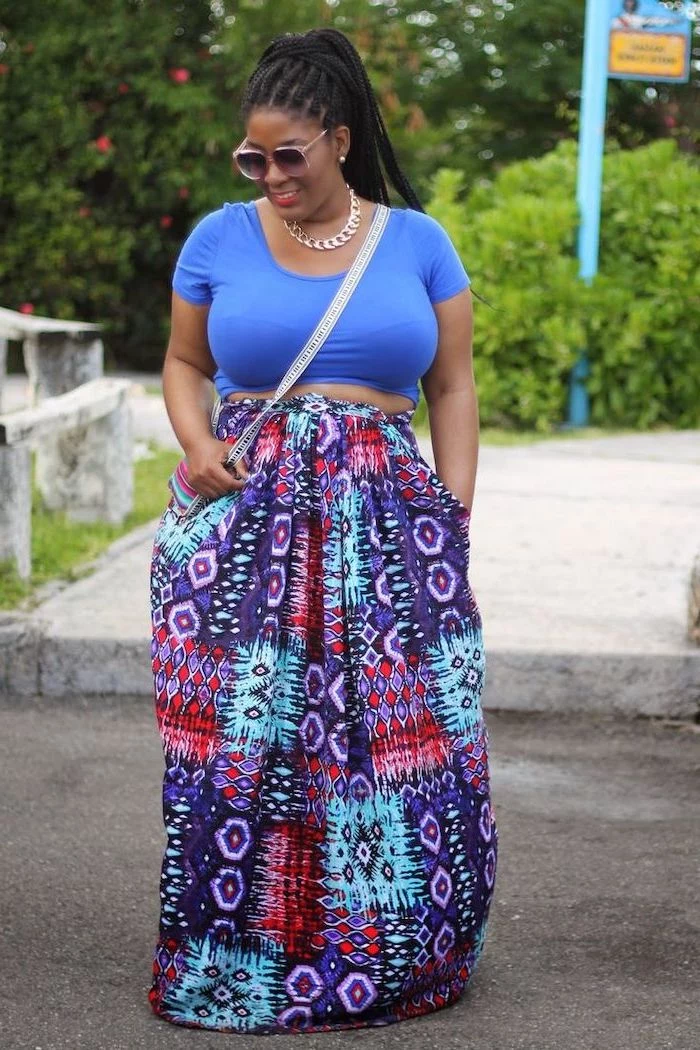
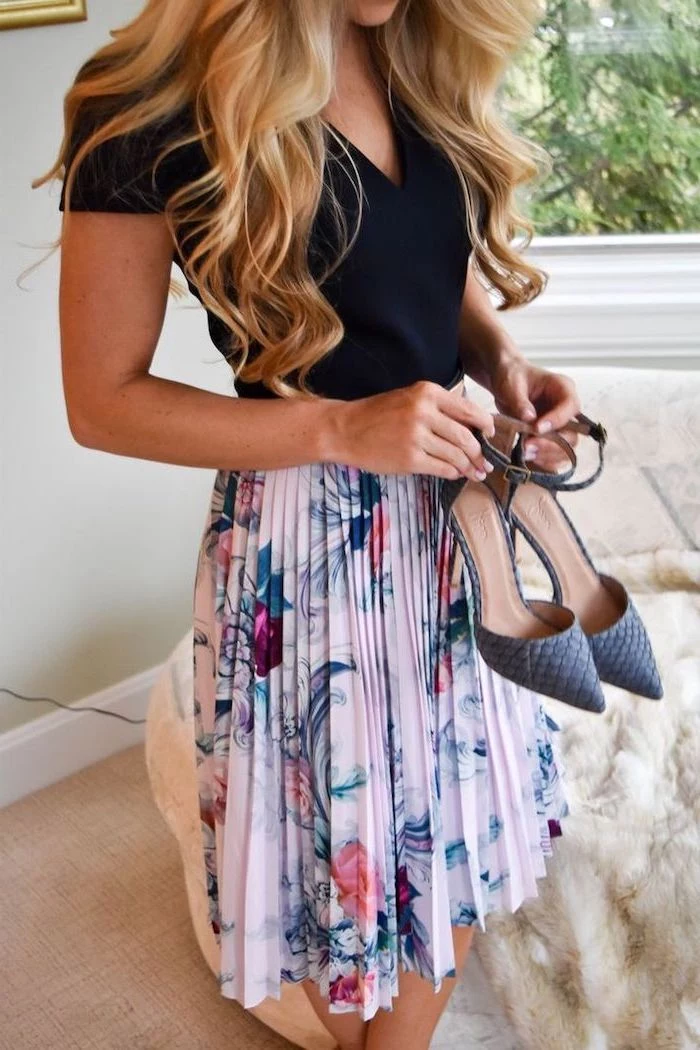
Can I find a high-end dress on a budget?
Absolutely. The secret is knowing where to look. Websites like The RealReal or Vestiaire Collective are treasure troves for pre-owned designer dresses in excellent condition. For a fraction of the original price, you can find pieces from brands like Zimmermann or Self-Portrait. Just be sure to check the measurements and material composition carefully before you buy.
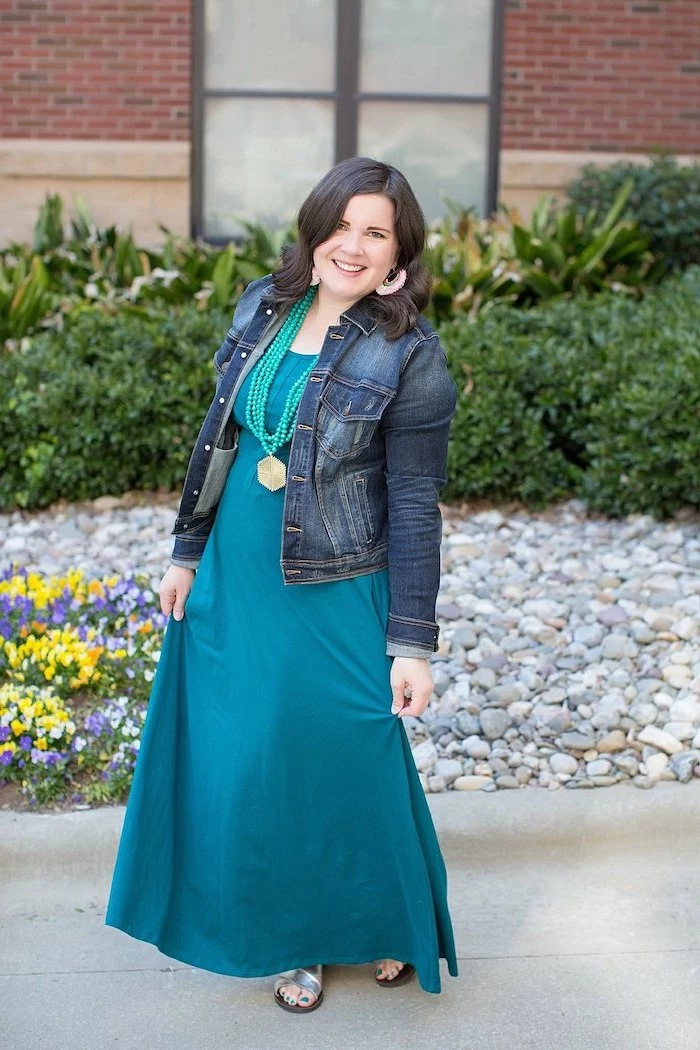
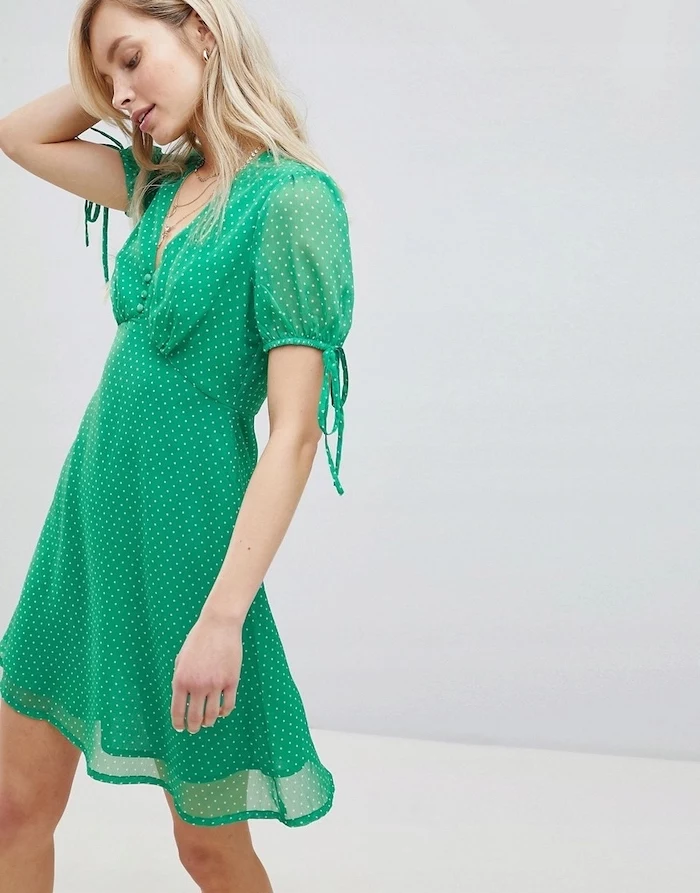
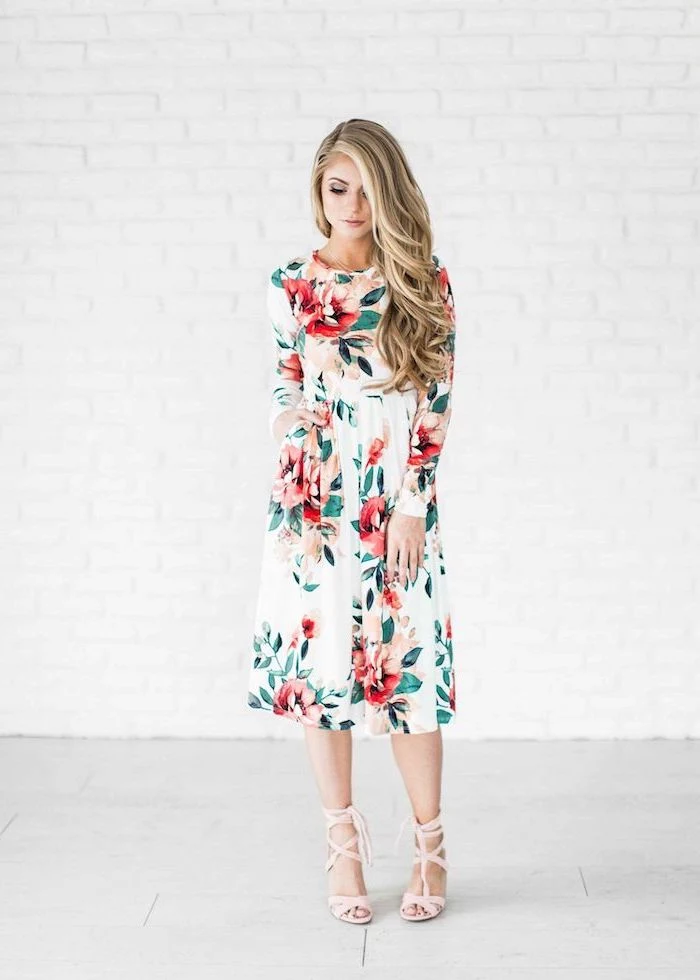
- A pair of low, comfortable block heels.
- A woven or straw bag for a touch of texture.
- Delicate, layered gold or silver necklaces.
This simple accessory trio works with almost any Easter dress, from a flowy floral maxi to a structured lace midi. It strikes the perfect balance between festive and effortless.
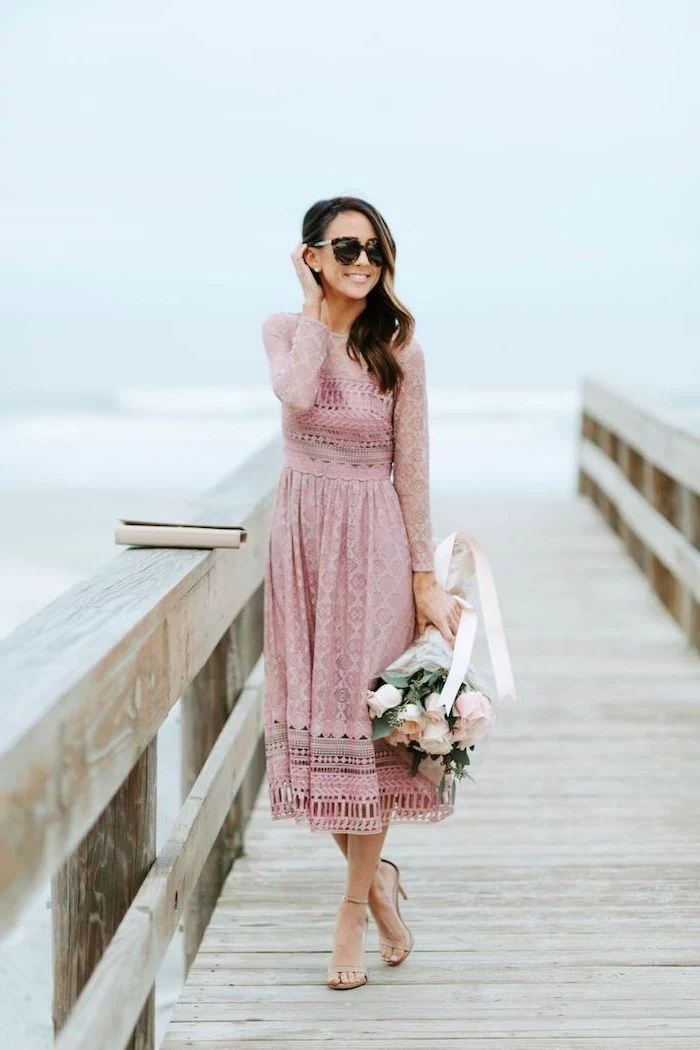
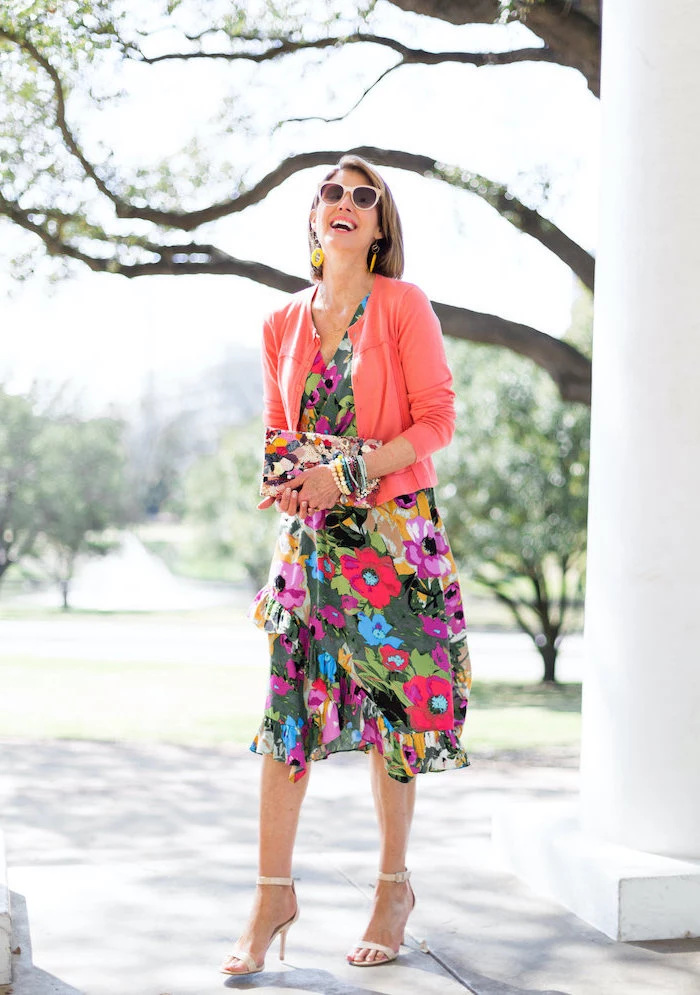
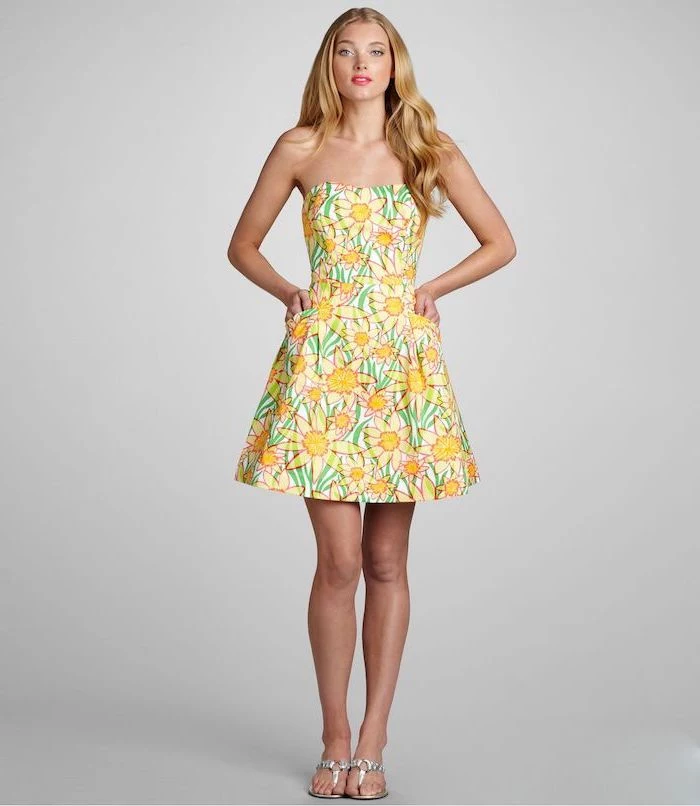
A small detail, a big impact: Look at the buttons. Many beautiful dresses are finished with simple, cheap plastic buttons. For a few dollars, you can buy a set of mother-of-pearl, fabric-covered, or small vintage glass buttons. Swapping them out is a simple 30-minute sewing project that can make a mid-range dress from a store like Madewell or Anthropologie look truly bespoke.
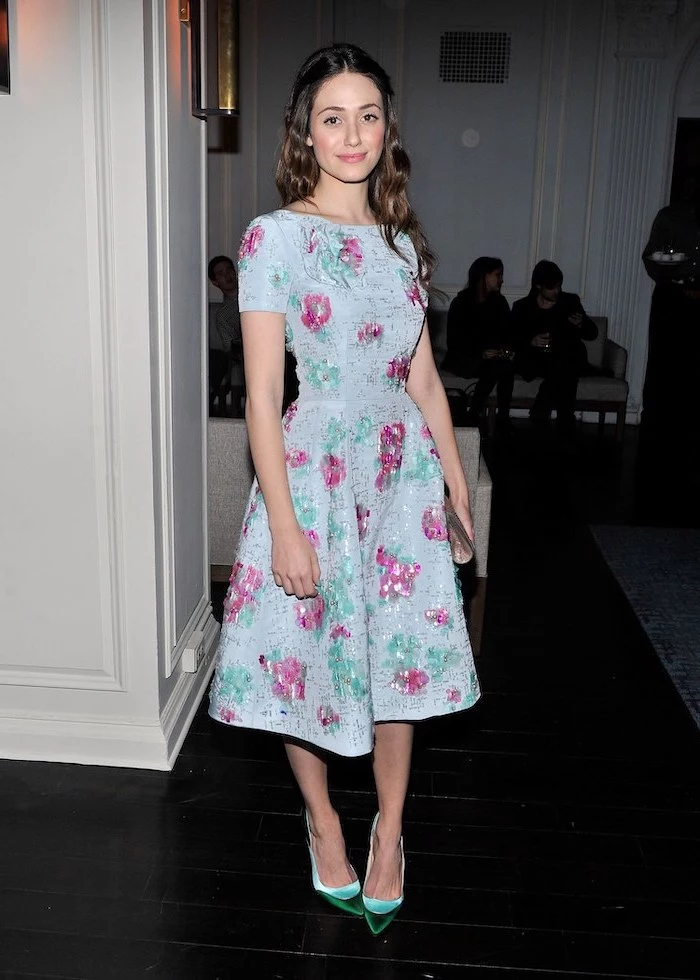
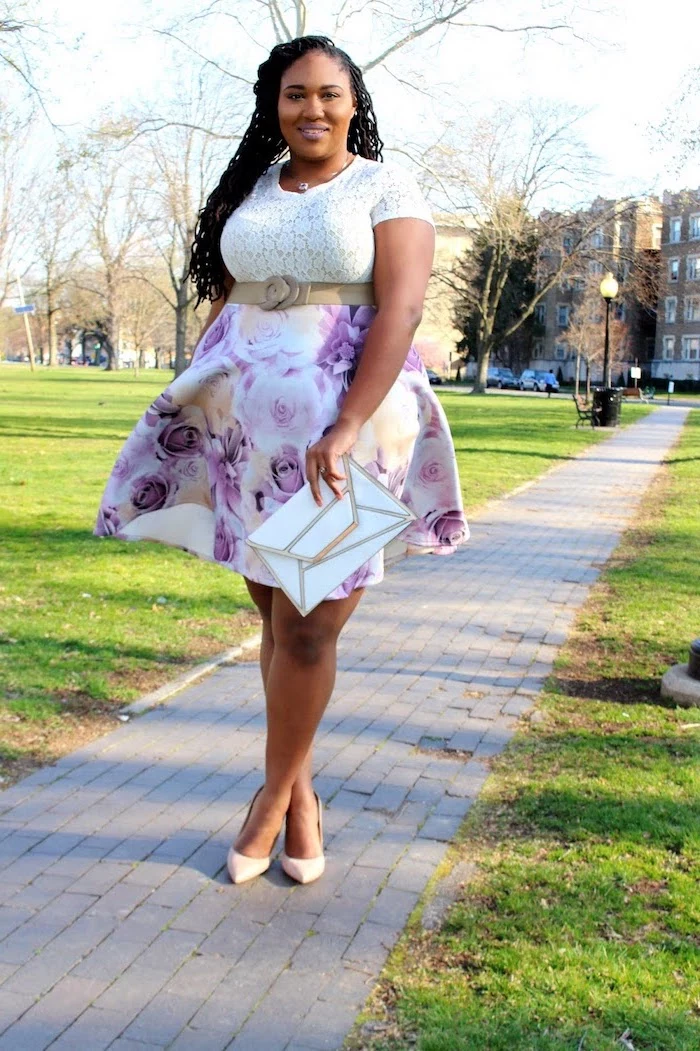
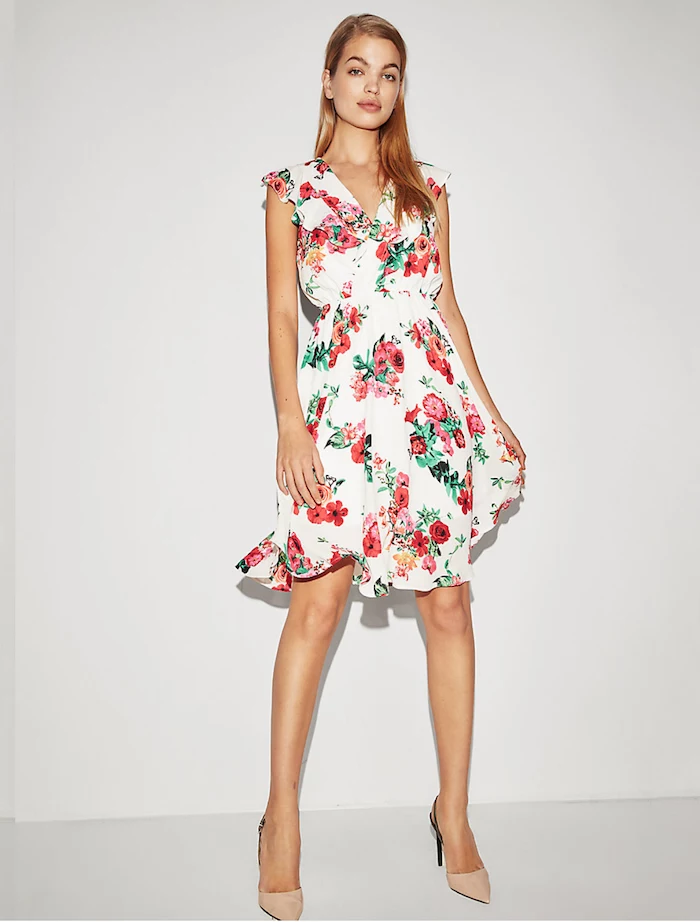
A 2018 study found that the average person wears a ‘special occasion’ outfit only between one and three times.
To avoid the
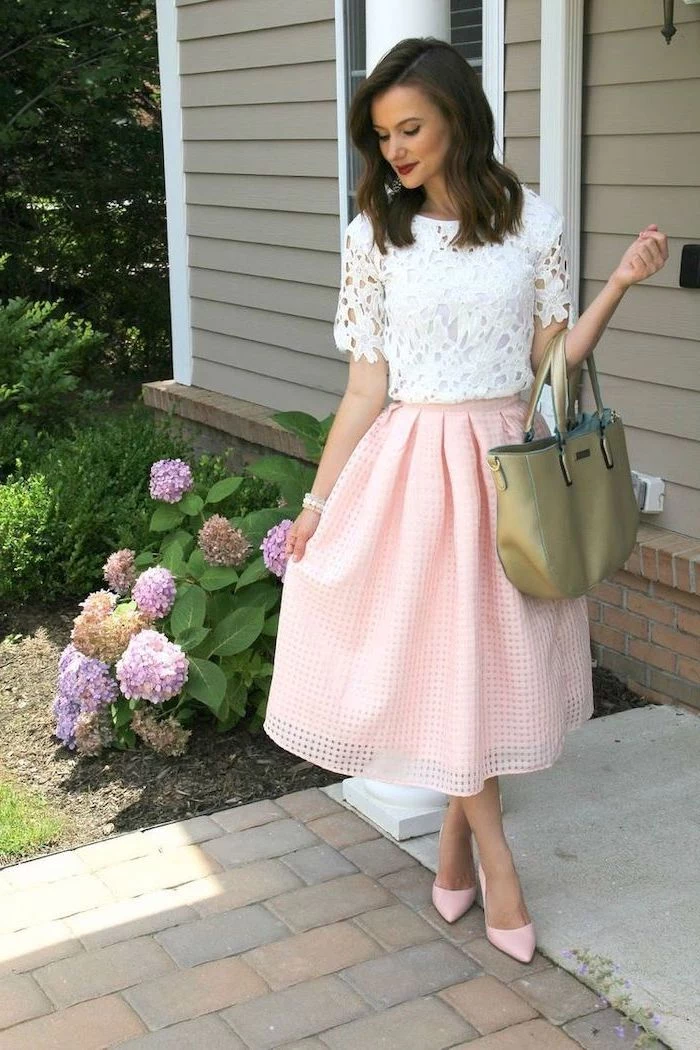
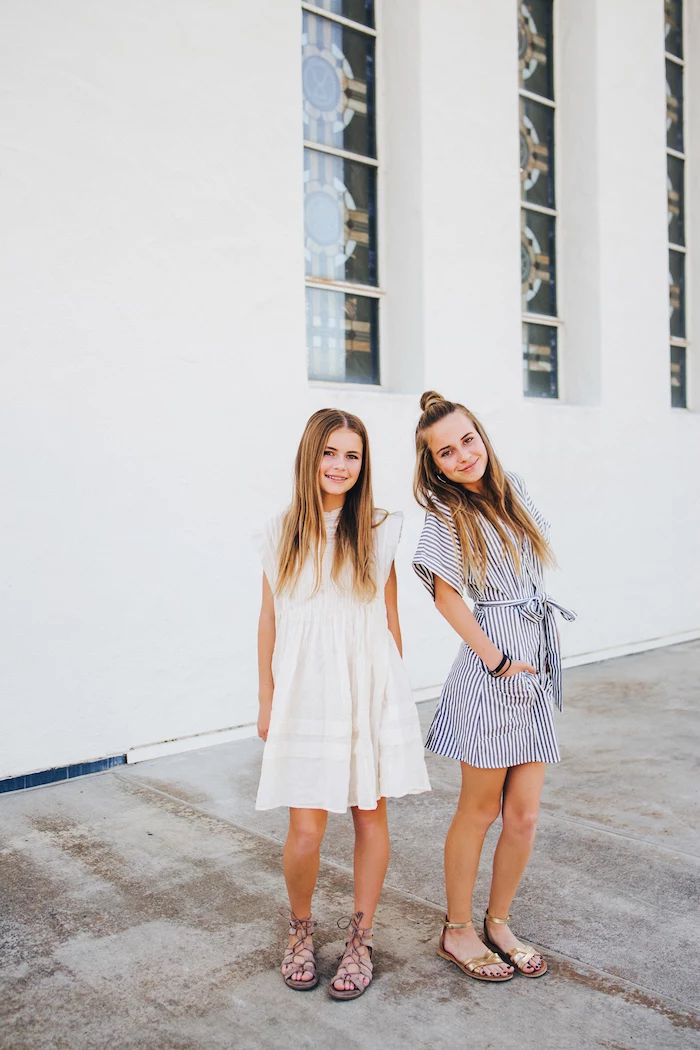
Sleeve statement: The sleeve style can completely change a dress’s mood. A delicate flutter sleeve adds a soft, romantic touch. A structured puff sleeve feels more modern and fashion-forward. A classic three-quarter sleeve is elegant and provides a bit more coverage for a formal or religious setting. Pay attention to how the sleeves balance the rest of the dress’s silhouette.
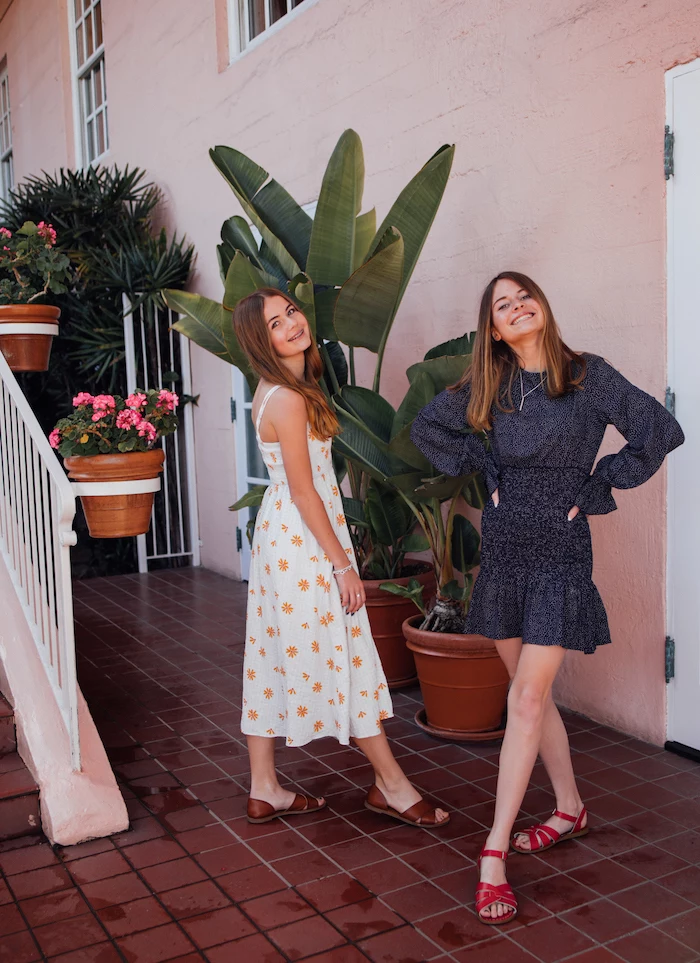
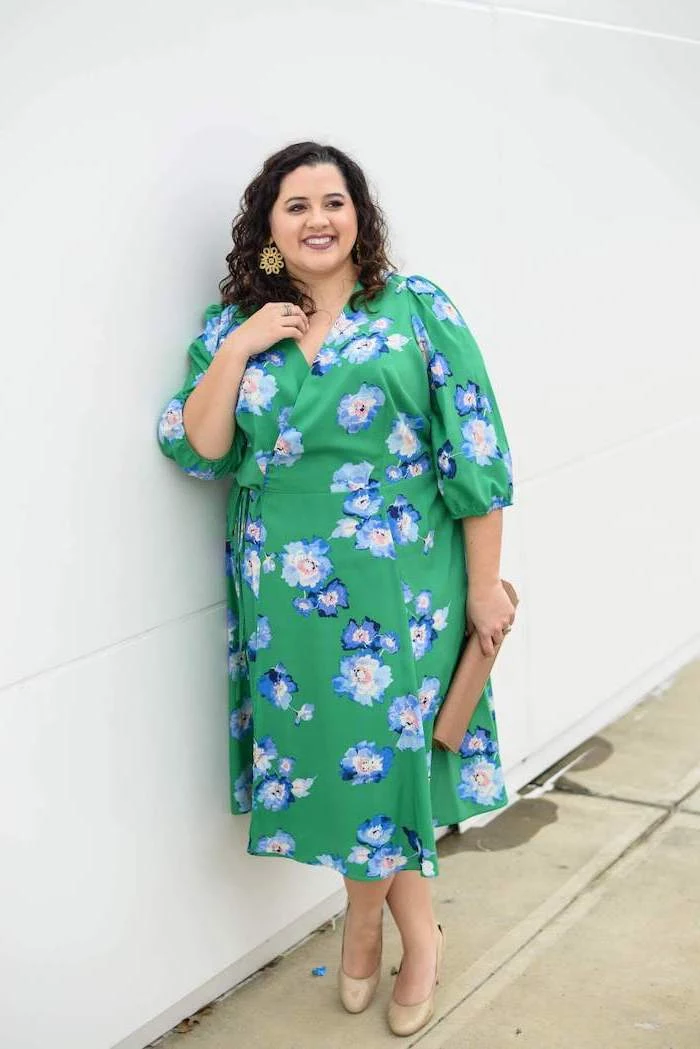
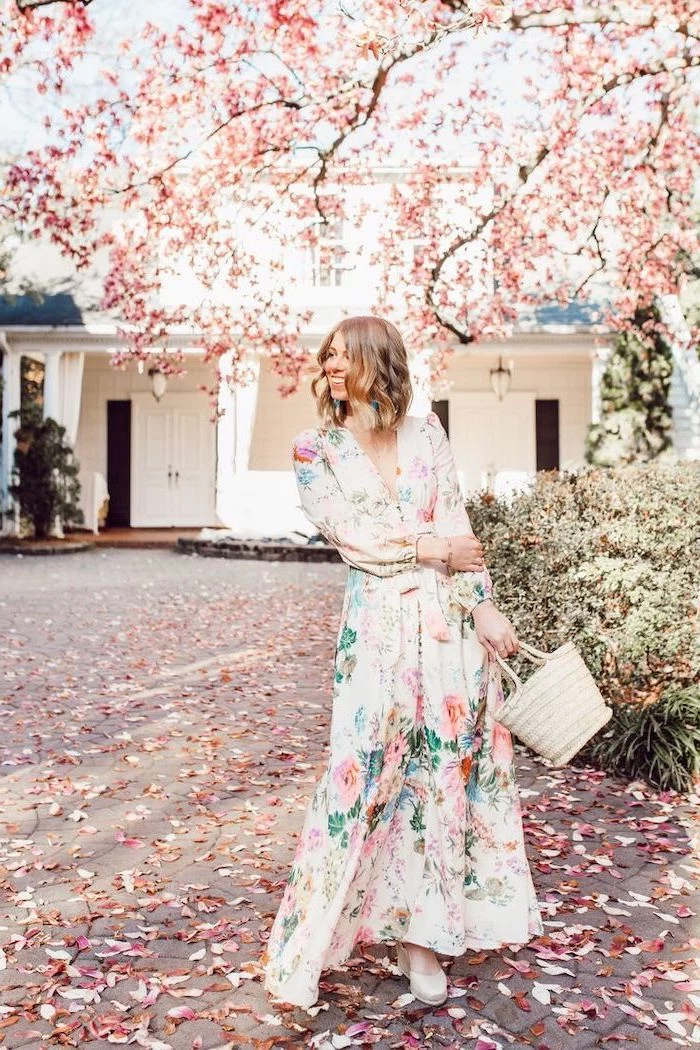
How do I care for a delicate lace or silk-blend dress after the day is over?
Skip the harsh dry cleaner if possible. Most delicate dresses can be gently hand-washed in cool water with a specialized detergent like The Laundress’s Delicate Wash. Submerge the garment, gently swish, and let it soak for no more than 30 minutes. Rinse thoroughly, but never wring it out. Roll it in a clean, dry towel to absorb excess water, then lay it flat to dry away from direct sunlight.
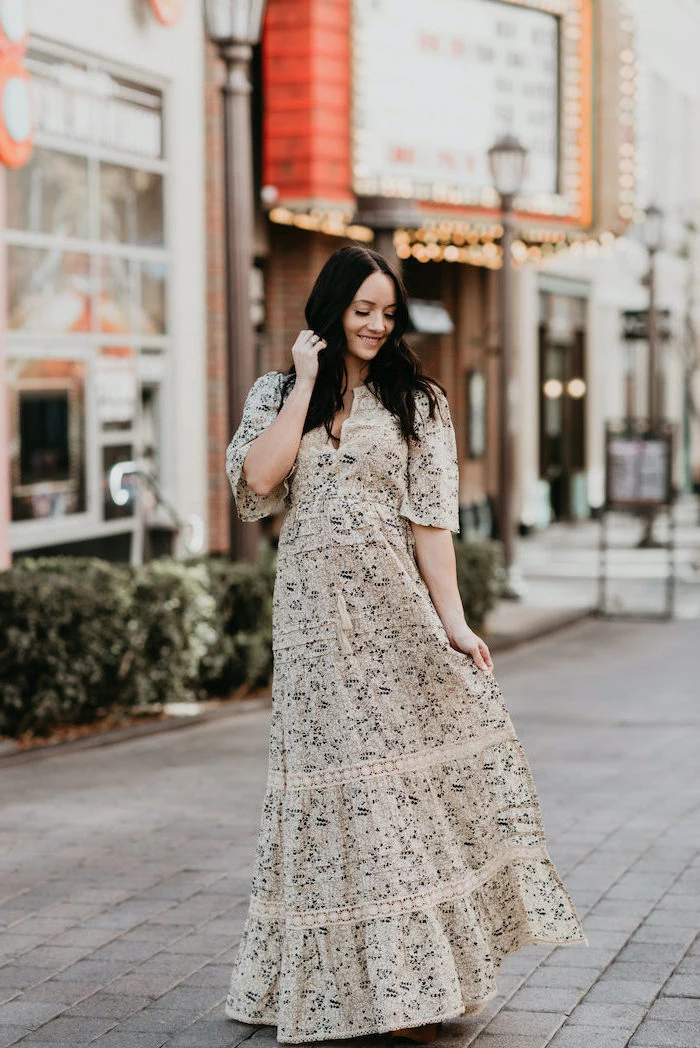
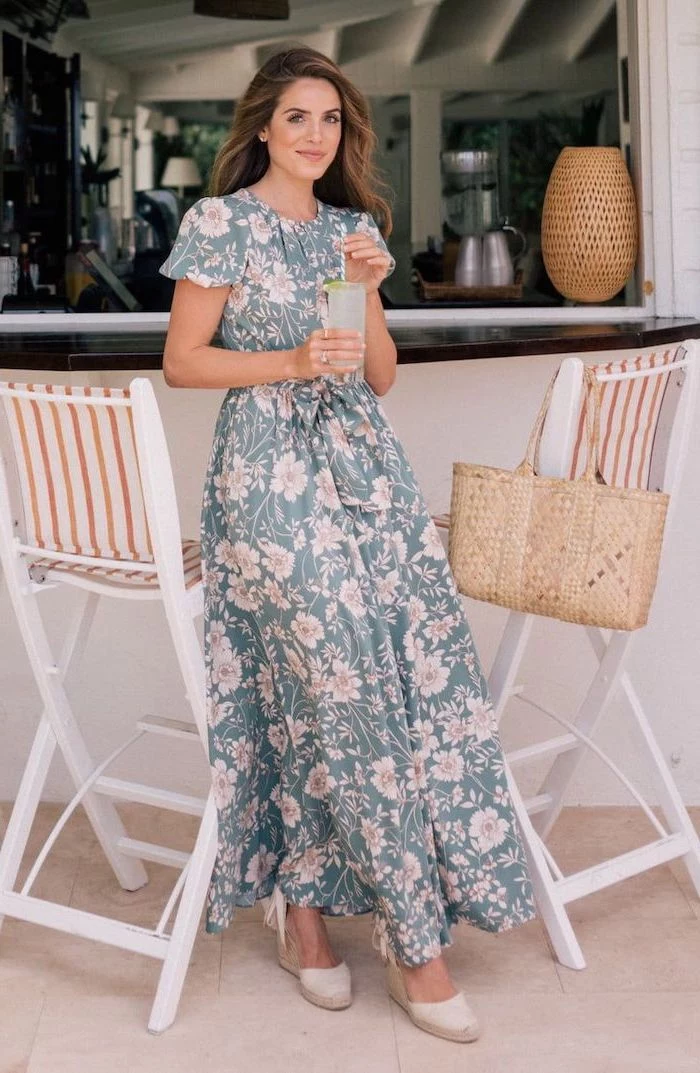
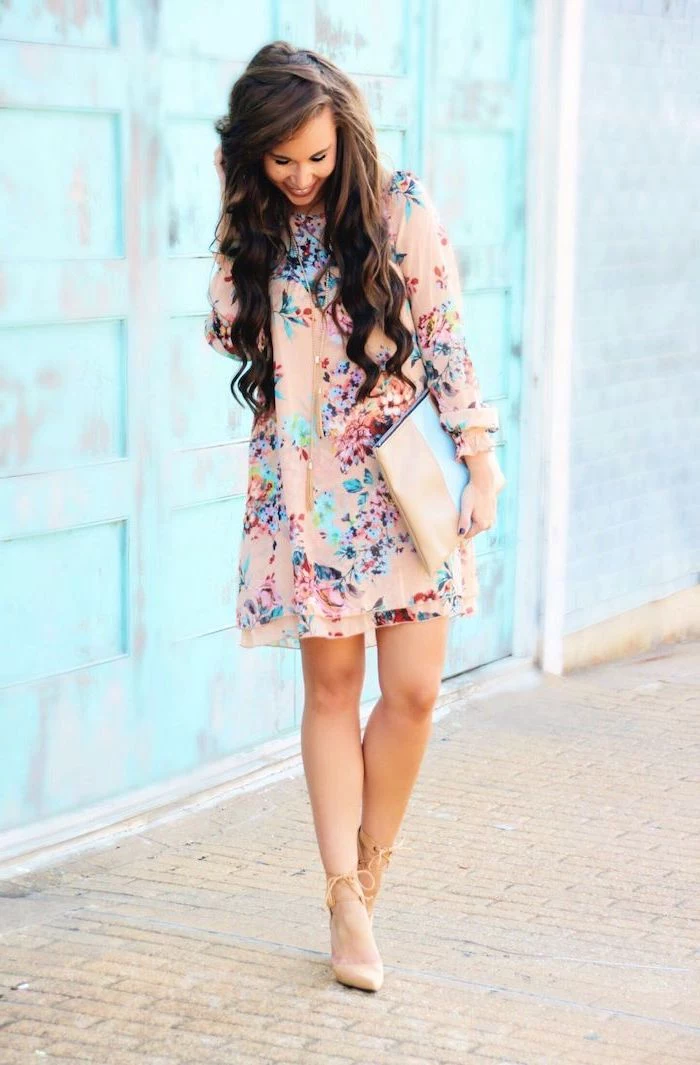
One of the most common mistakes is choosing the wrong footwear for the event. Stiletto heels will sink into a lawn during an egg hunt, and casual flip-flops can underdress an otherwise beautiful outfit for church. The solution is the walkable-yet-elegant shoe: a block heel, a stylish flat, or an espadrille.
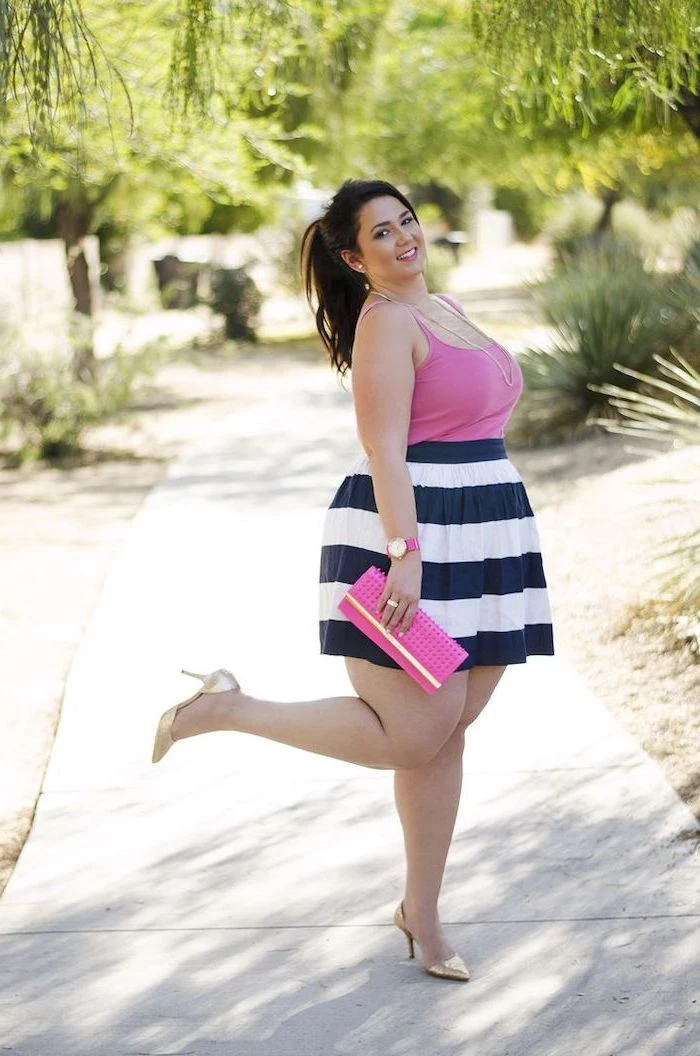
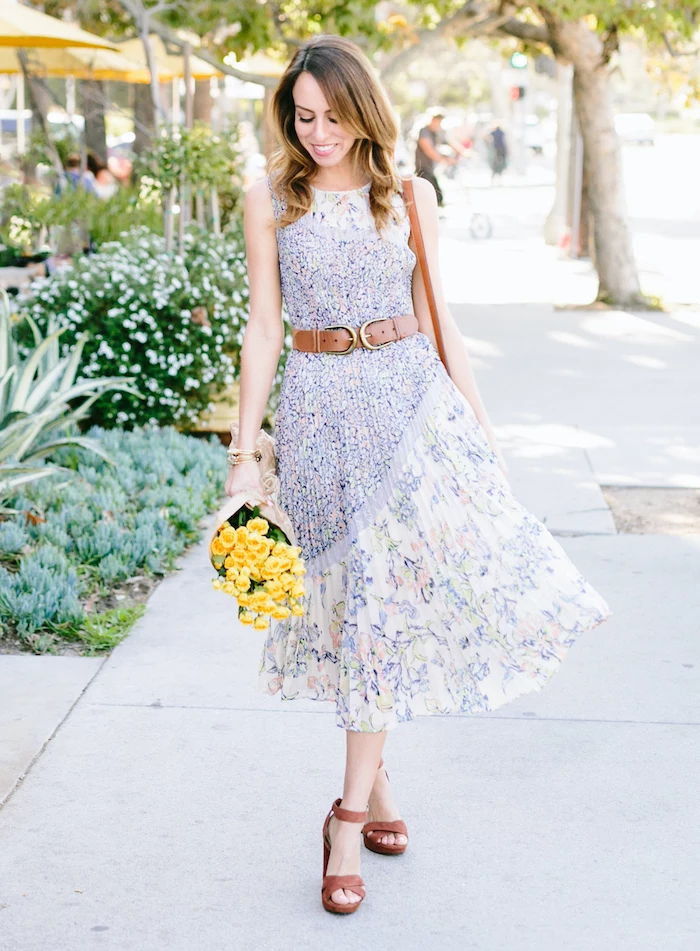
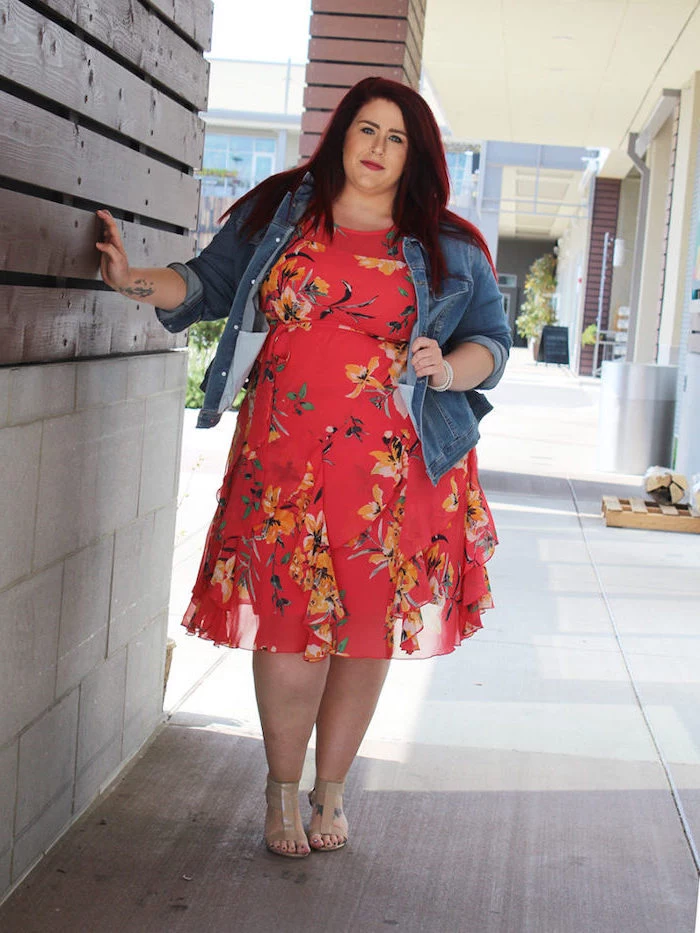
Embrace the
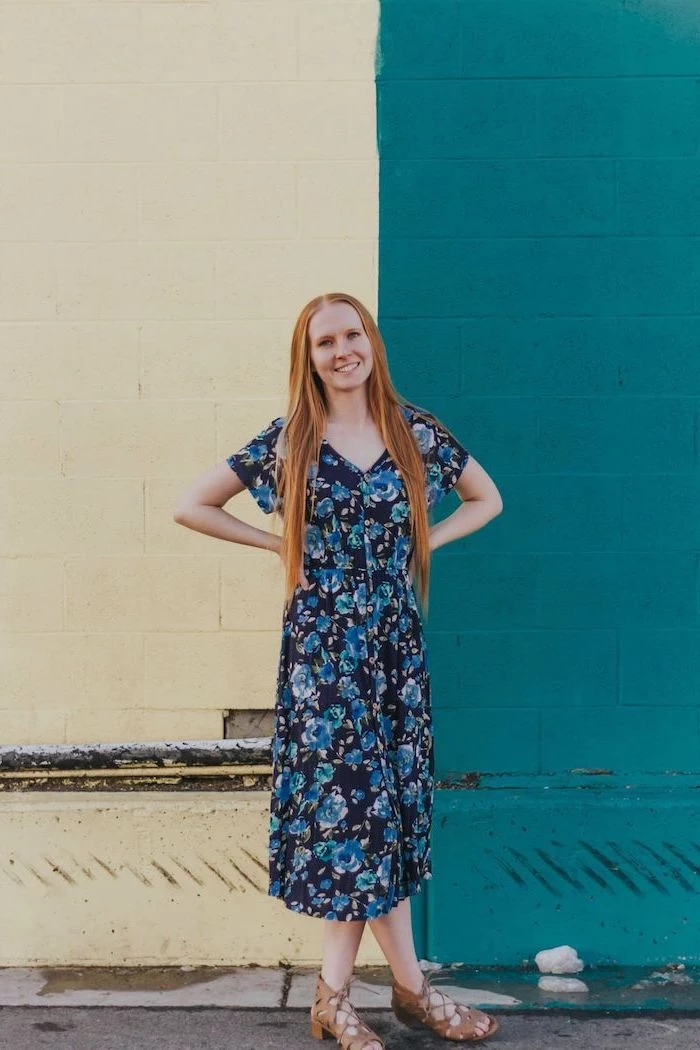
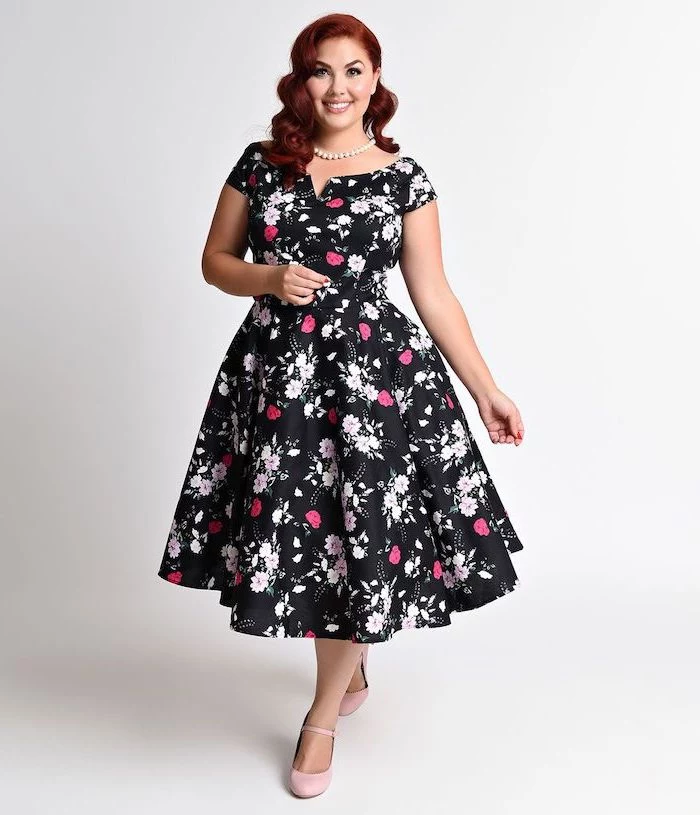
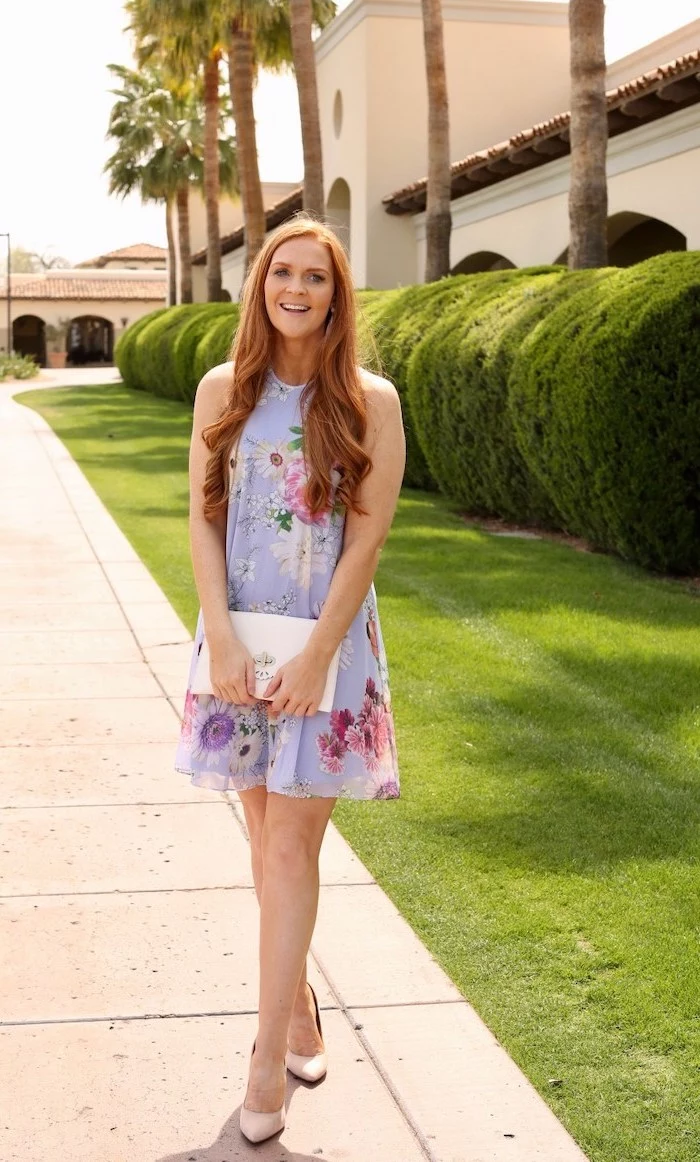
A belt can completely alter a dress’s silhouette, turning a loose shift into a defined waistline in seconds.
Don’t be afraid to add your own belt, even if the dress didn’t come with one. A thin leather belt can add structure to a flowy floral maxi, while a wider woven or rattan belt can give a simple cotton dress a summery, defined shape.
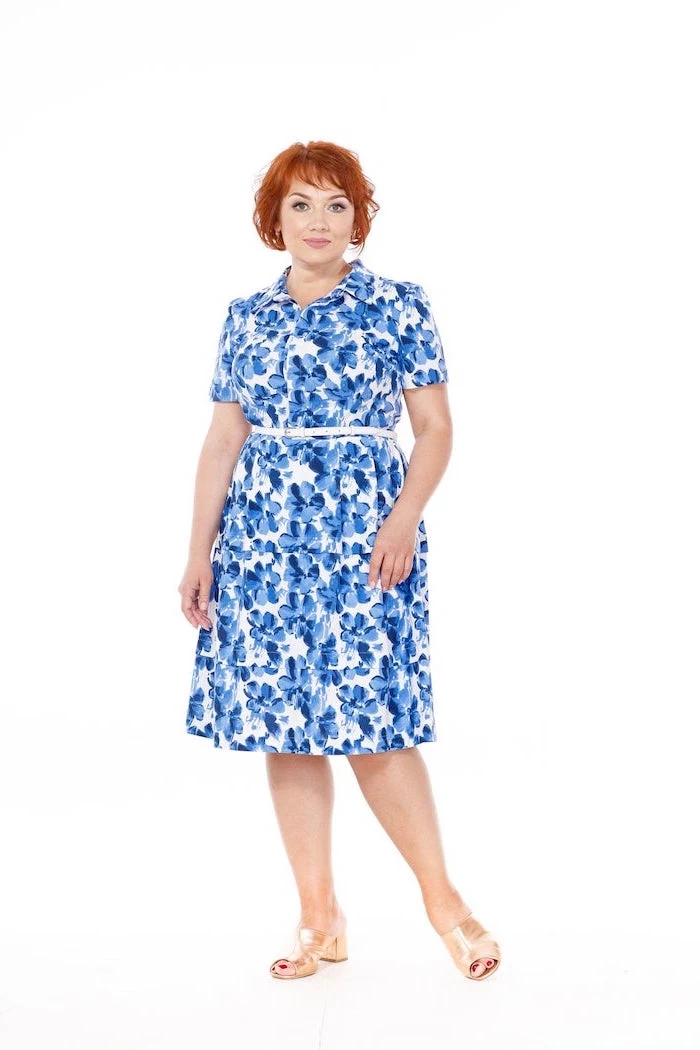
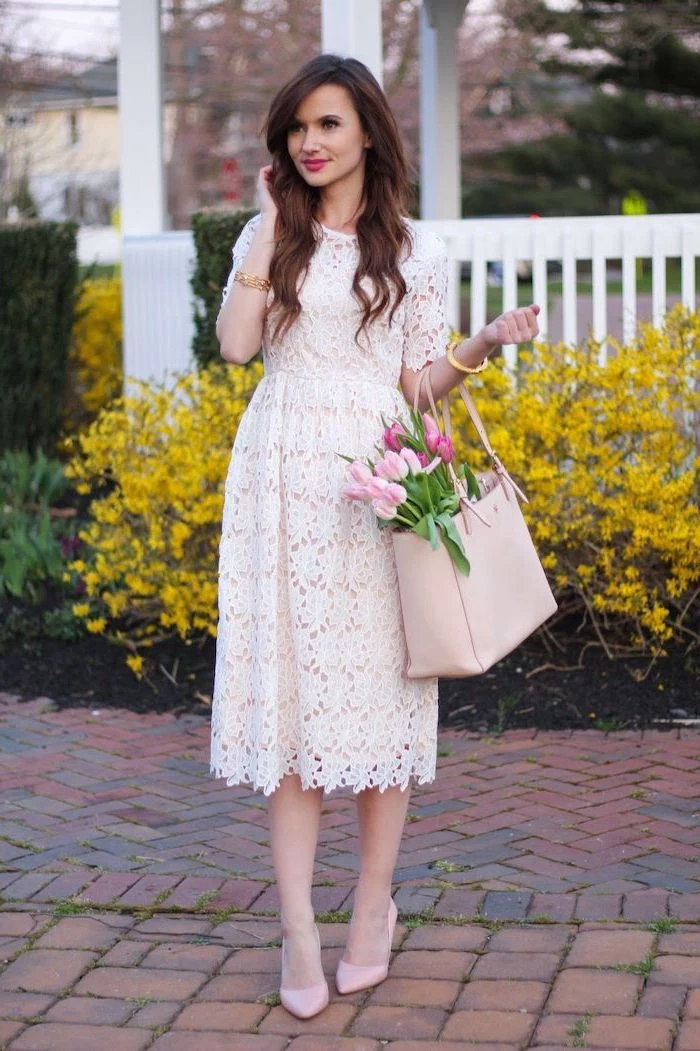
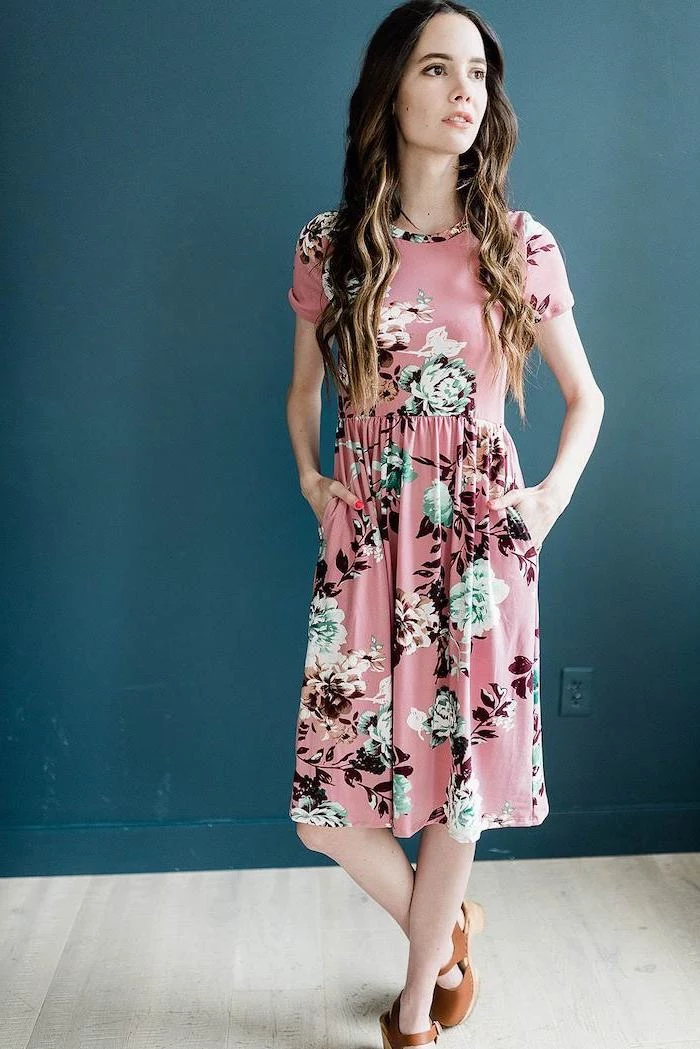
One dress, three ways: Think of your Easter dress as a foundation. For a formal service, pair it with a tailored blazer and closed-toe heels. For a family brunch, switch to a soft cardigan and ballet flats. For a casual backyard gathering, throw a denim jacket over it and slip on some white sneakers. Maximizing its use makes it a smarter investment.
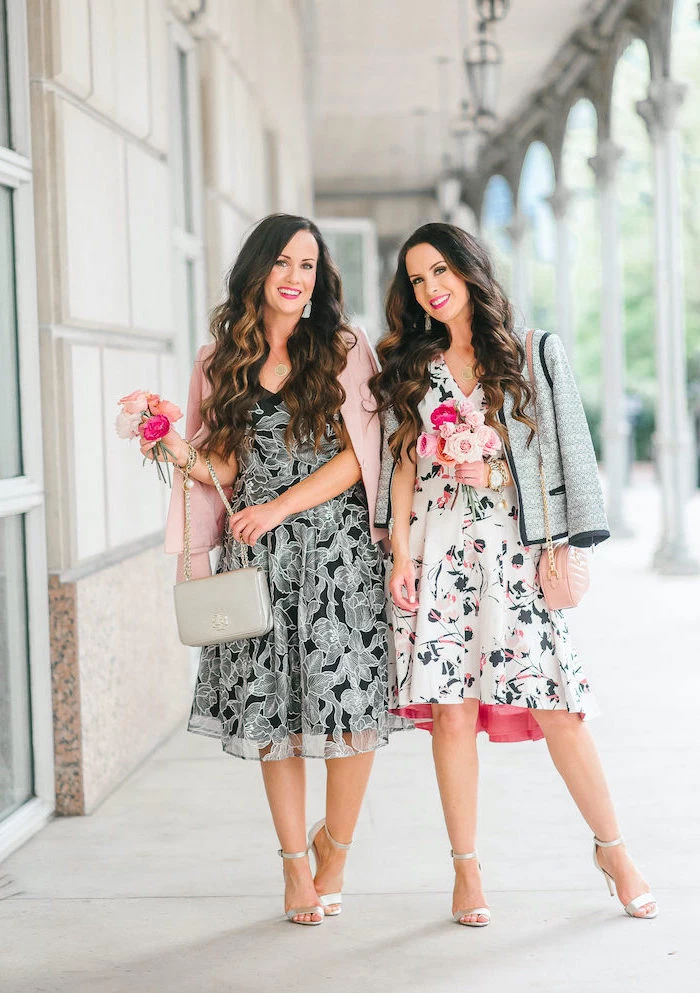

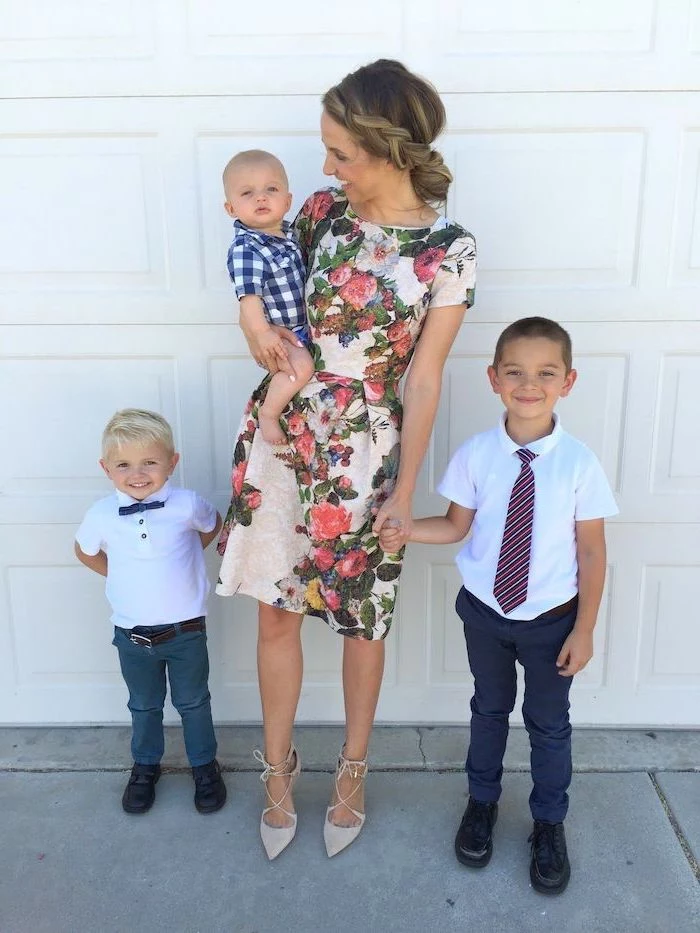
- Smooth, with a subtle luster.
- Drapes beautifully and holds color well.
- More resistant to wrinkling than plain cotton.
The secret? Look for cotton sateen or cotton poplin. These weaves give the humble cotton fiber a more refined, polished finish, making it an ideal choice for a dress that needs to be both comfortable and a little bit fancy.
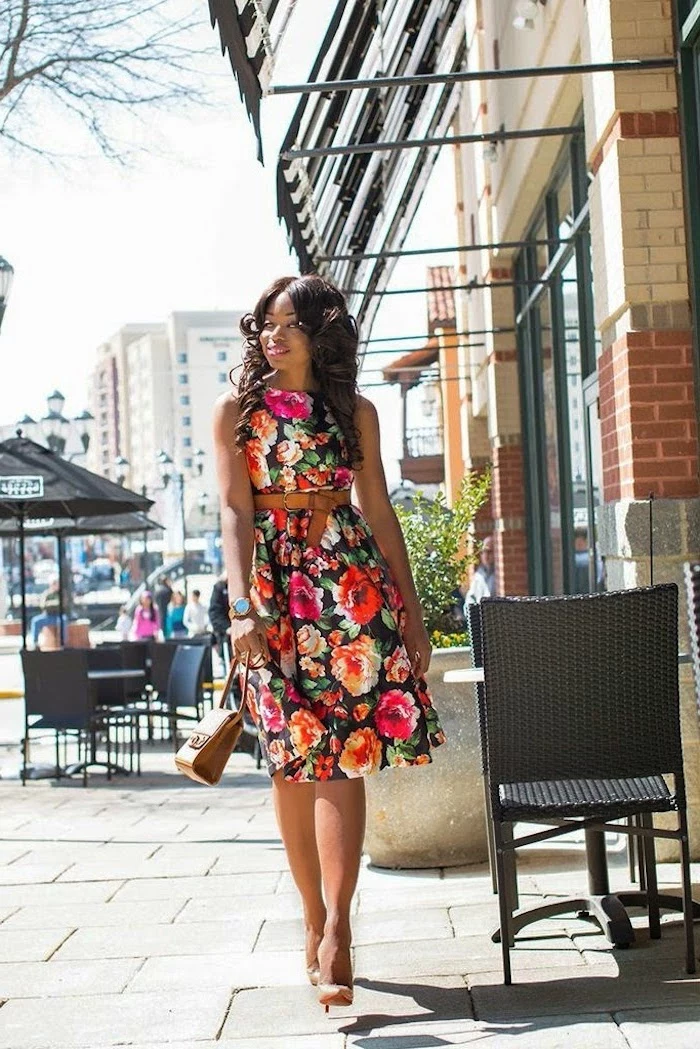
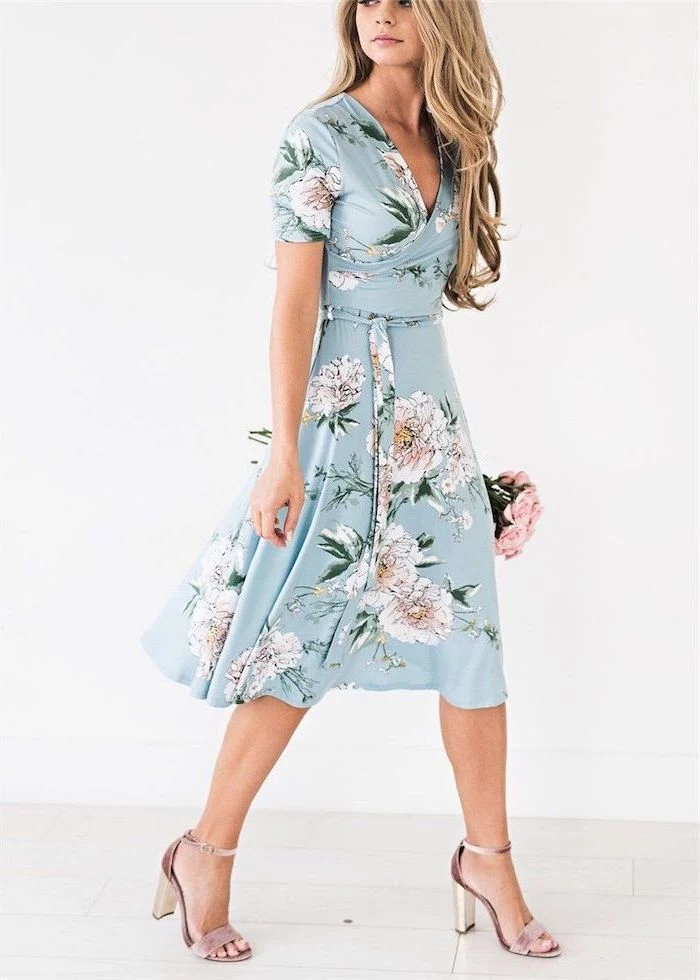
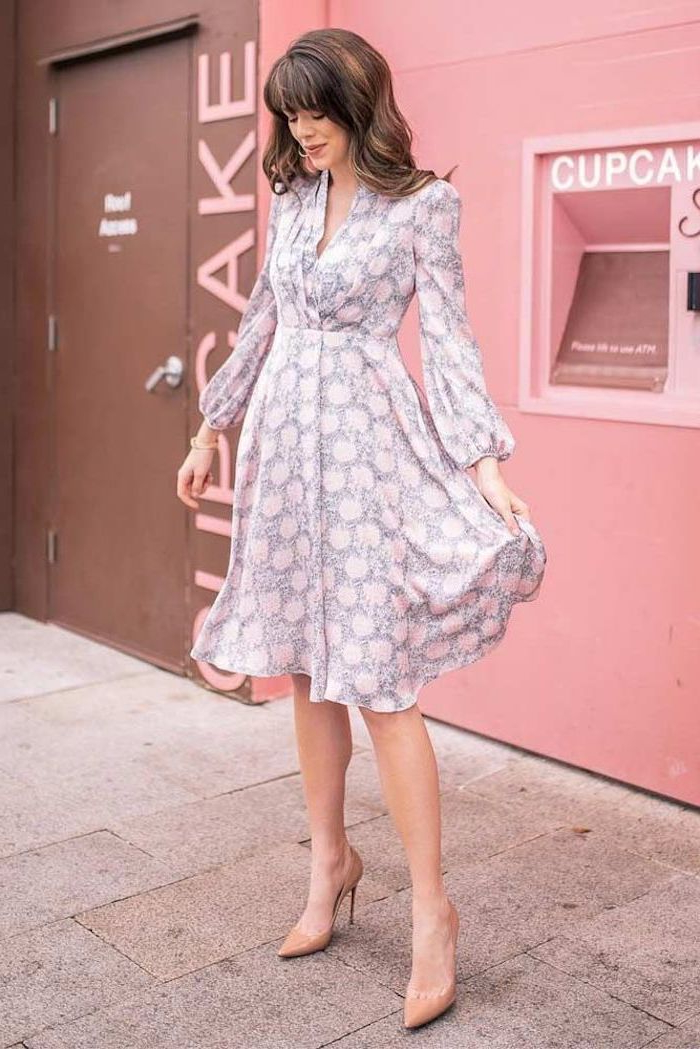
A thought for the host: If you’re hosting Easter lunch, an apron is a must, but it doesn’t have to be an afterthought. A beautiful linen apron, perhaps from a brand like Hedley & Bennett or a handmade one from Etsy, can be a stylish accessory in its own right, protecting your beautiful dress while you add the finishing touches to the meal.
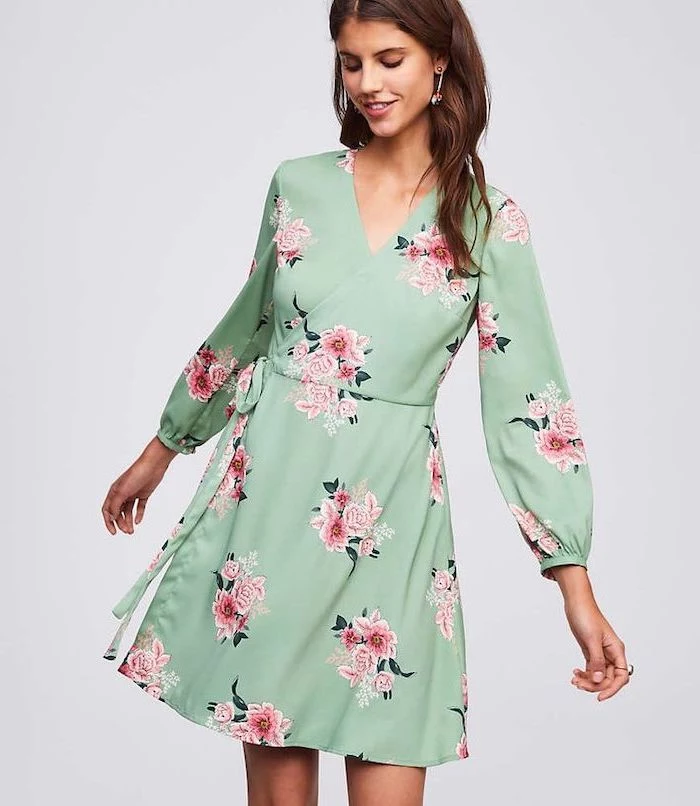
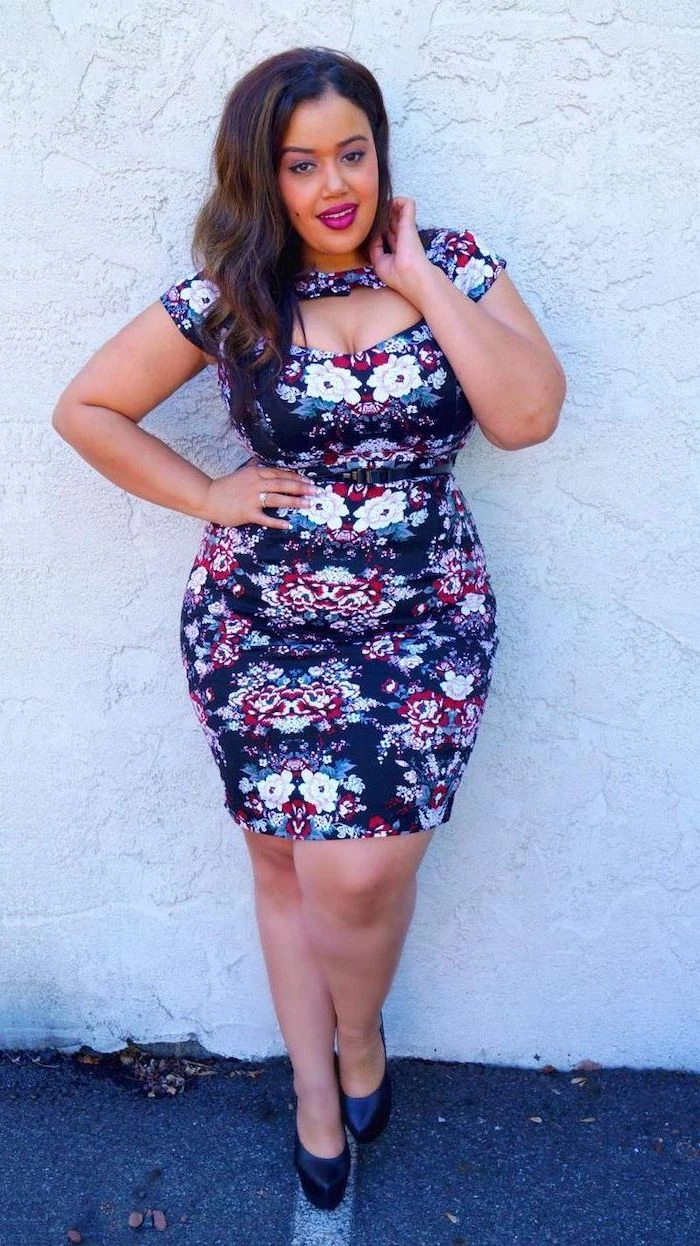
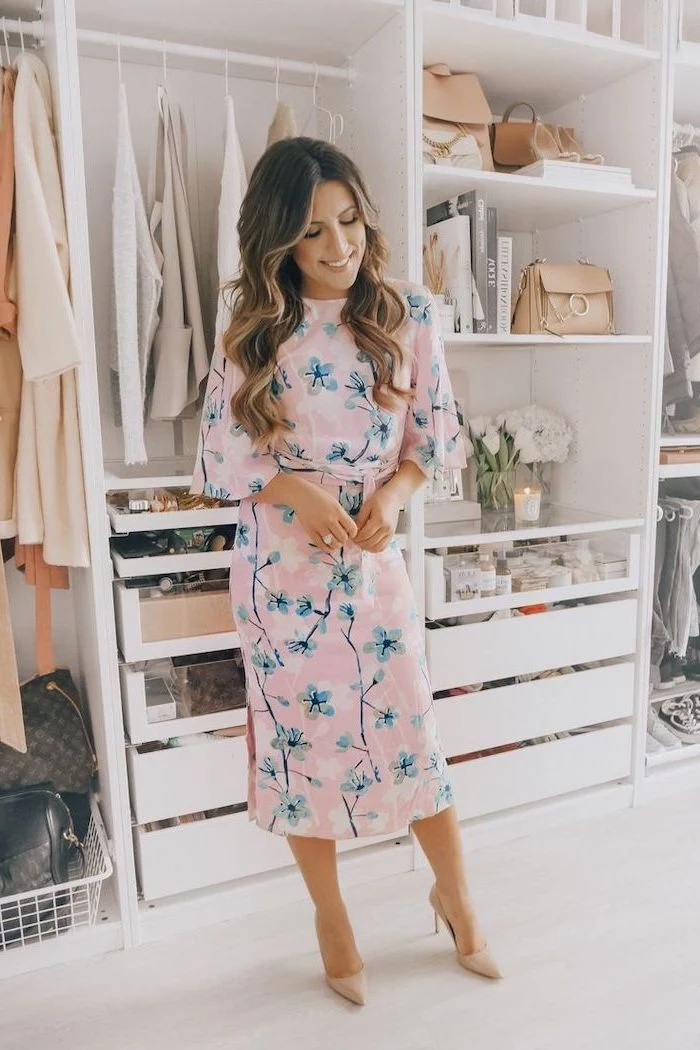
Are pants an option for a dressy Easter?
Absolutely, and it can be an incredibly chic one. A pair of wide-leg crepe or linen trousers in a pastel shade, paired with a silk camisole and a matching blazer, creates a sophisticated and modern look. It’s an especially great choice if you prefer the comfort and structure of tailoring.
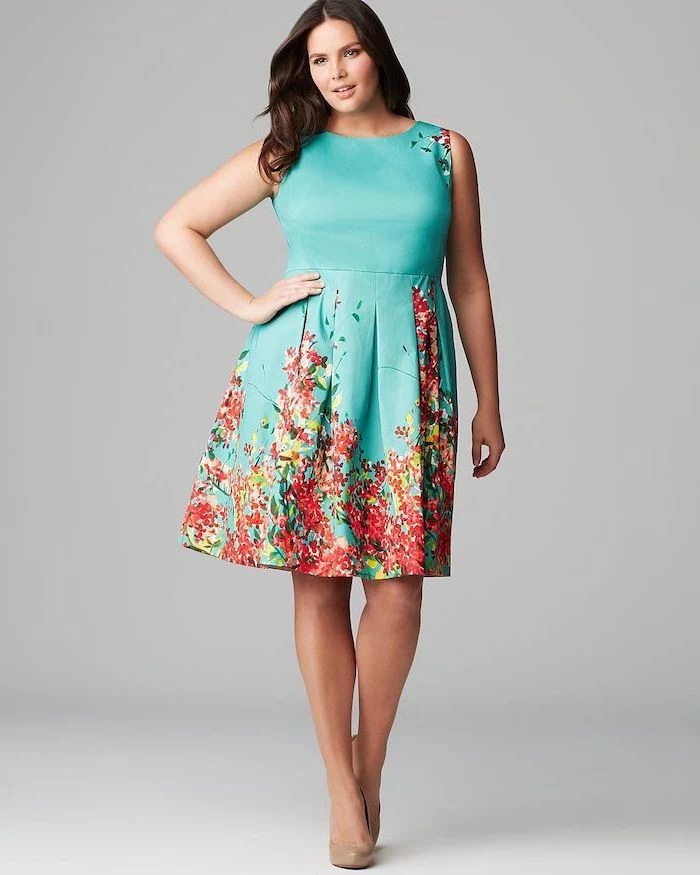
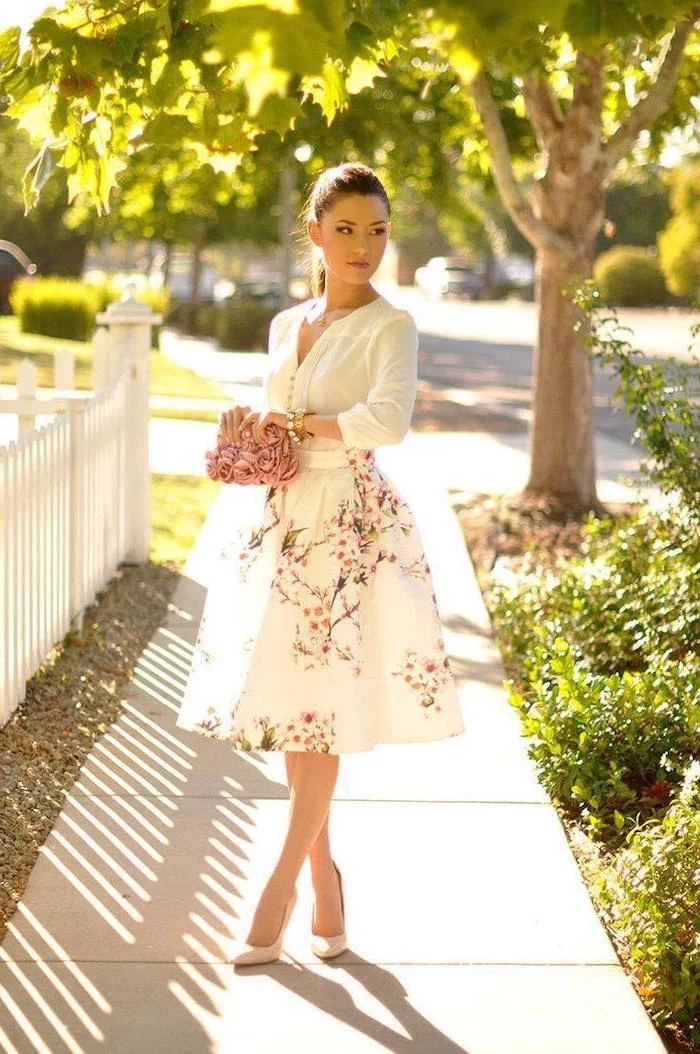
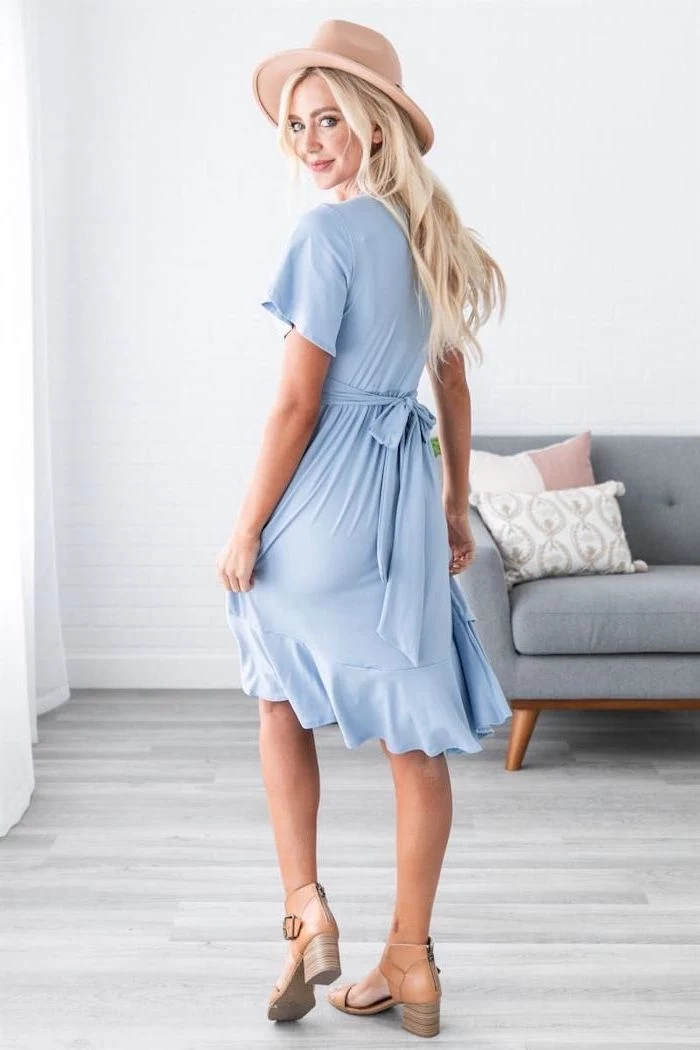
In color psychology, soft greens are associated with new beginnings and harmony, while pale yellows evoke happiness and optimism.
The traditional Easter pastels aren’t just pretty—they carry an emotional resonance that’s perfect for a day centered around renewal and joy. Choosing a color isn’t just a style choice; it’s a way to set the mood for your day.
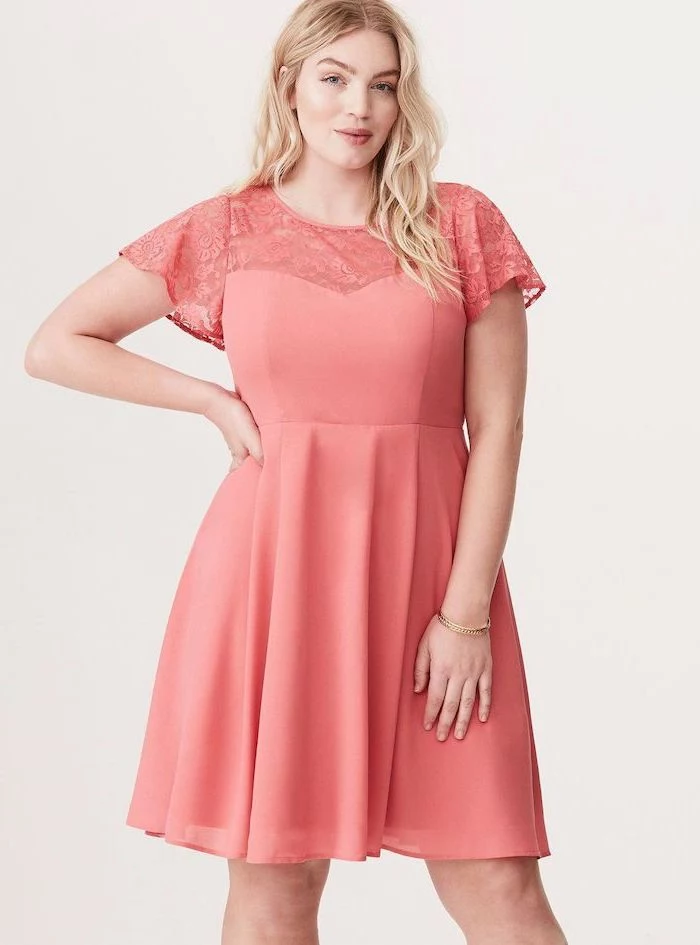


The Final Check: Before you walk out the door, do a quick mobility test. Can you sit down comfortably without the dress riding up too high? Can you bend over to pick something up without feeling restricted? Can you raise your arms easily? A truly great dress lets you move through your day with grace and ease.
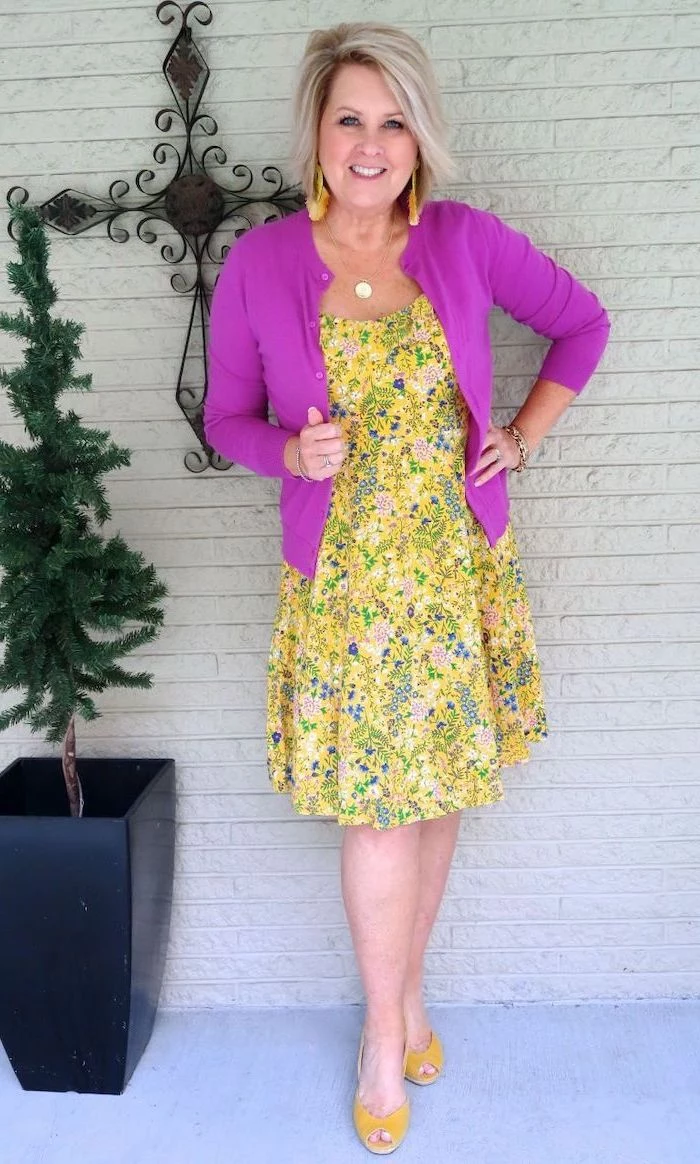
For an eco-conscious choice, consider dresses from a brand committed to sustainability, like Reformation, which famously details the environmental footprint of each garment. Or look for pieces made from TENCEL™ Lyocell, a fiber derived from sustainable wood sources that is known for its softness, breathability, and beautiful drape.

